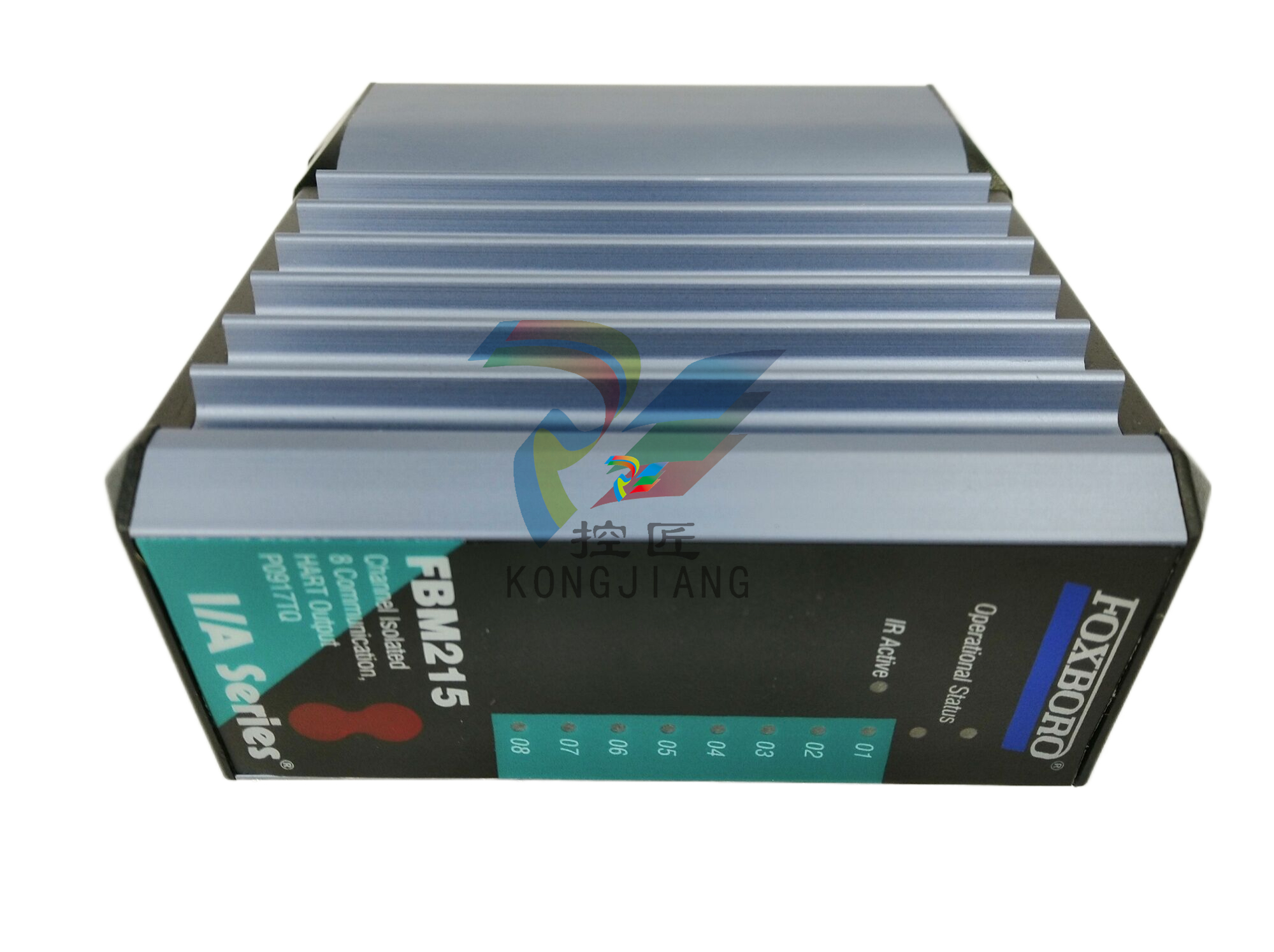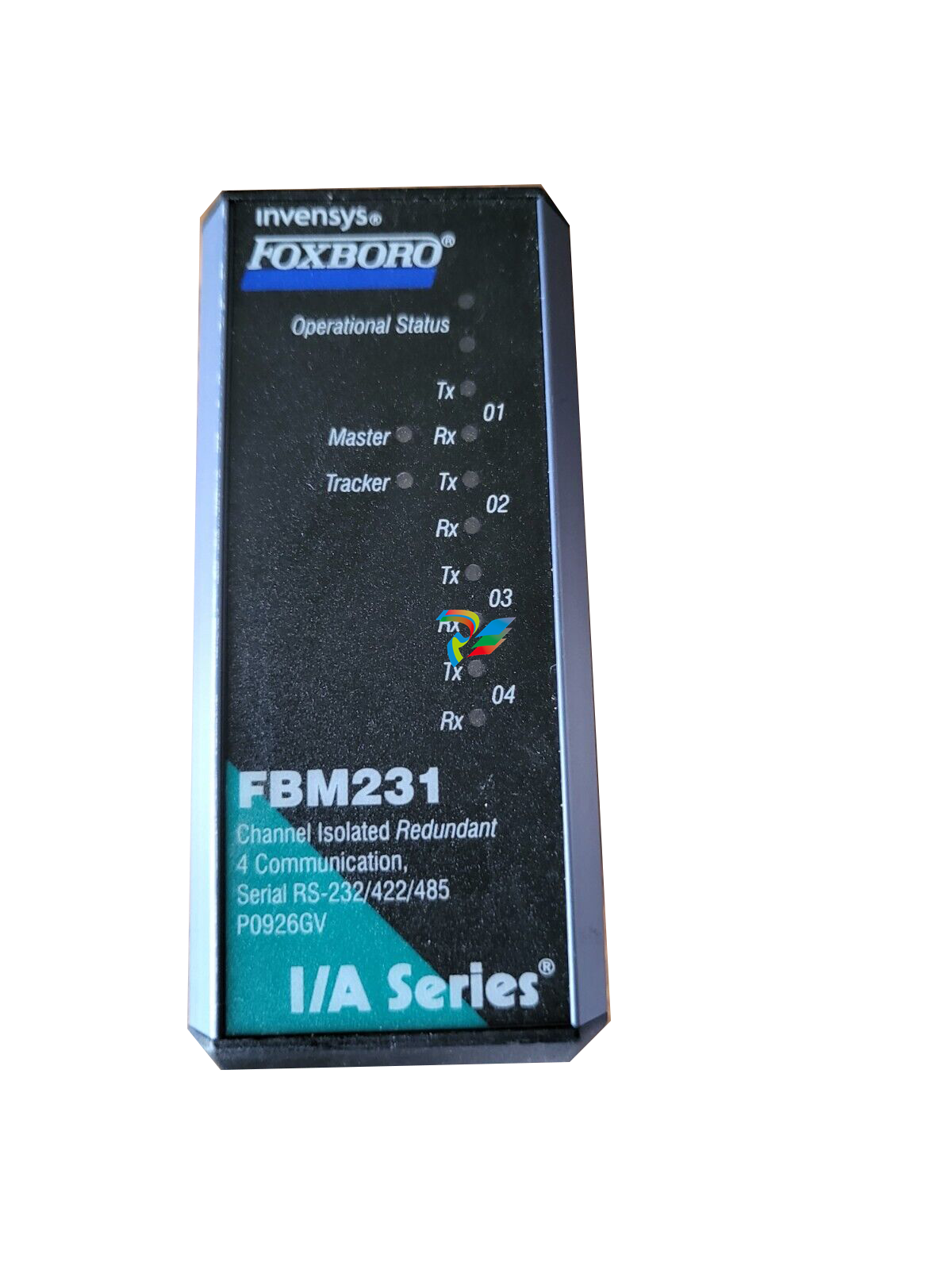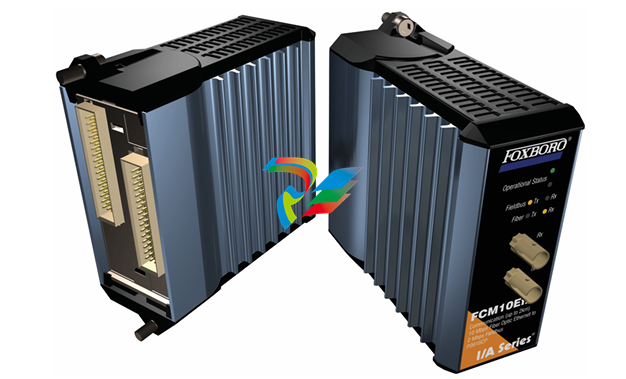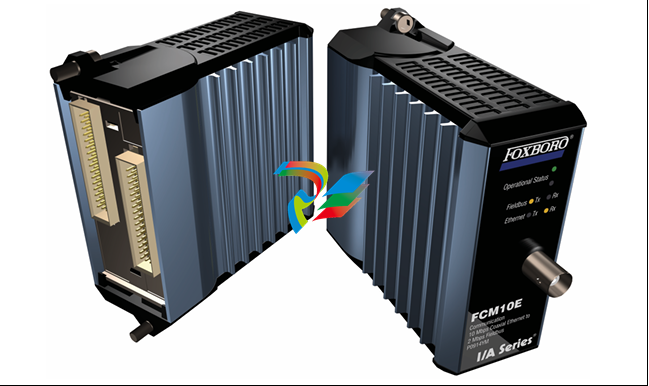
Schneider ATV61
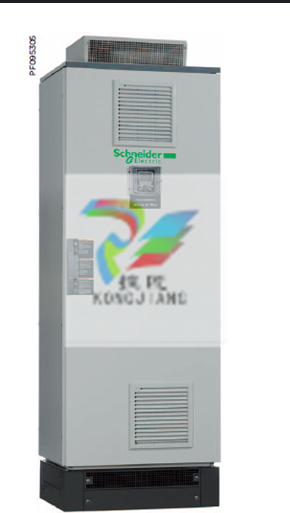
The Schneider ATV61 frequency converter has the following benefits: Performance advantage - high efficiency and energy saving: It adopts an efficient motor control strategy, optimizes energy consumption, reduces operating costs, and achieves a significant energy-saving ratio. Precise control: Equipped with multiple motor control modes, it achieves precise speed and torque control, enhancing system operational efficiency. Strong adaptability: With a wide power range and diverse voltage levels, it meets the needs of different application scenarios. Rich in functions and diverse integration options: It can be integrated into electrical installations, control systems and building management systems to achieve intelligent management. Complete protection functions: It features thermal protection for the motor and frequency converter, overload protection, underload protection, etc., ensuring the safe operation of the equipment. User-friendly interface: It provides a Chinese operation panel, with simple configuration, easy adjustment and maintenance. High reliability and robust design: It features a high protection level, can adapt to harsh environments, and is equipped with an EMC filter to reduce electromagnetic interference. Good stability: It adopts a wet multi-plate clutch, which is durable and stable, achieving flexible connection and absorbing shock. Widely applied in various industries: Suitable for industrial, construction, infrastructure and other fields, such as pumps, fans, HVAC, etc. Customization: It can be customized according to requirements to meet specific application needs. In conclusion, Schneider's ATV61 frequency converter, with its advantages of high efficiency and energy conservation, precise control, rich functions, high reliability and wide application, has become an ideal choice in the industrial and construction fields.
The main parameters of Schneider ATV61 frequency converter are as follows: Power supply and power voltage range: three-phase 200240V, 380480V, 500~690V. Power range: 0.75 to 630kW. Performance and control speed range: 1:100 in open-loop mode. Overload capacity: 110% to 120%, lasting for 60 seconds. Control mode: Supports sensorless voltage vector control and traditional V/F (2-point or 5-point) control. Speed regulation accuracy: ±10% of the motor's rated slip frequency in an open loop. Functions and Features: Energy-saving function: It has an energy-saving operation mode to optimize energy consumption. Protection functions: Thermal protection for motors and frequency converters, overload and overcurrent protection, mechanical protection, etc. Safety features: Integrated "power-off" function, in compliance with EN 954-1 Class 3 and IEC/EN 61508 SIL2 standards. Communication function: Built-in Modbus and CANopen protocols, supporting multiple expansion communication cards. I/O configuration: 6 logic inputs, 2 relay outputs, 2 analog inputs, 1 analog output, expandable. Environmental and certification operating temperature: -10℃ to 50℃ (up to 60℃ upon capacity reduction). Certification standards: Comply with international standards and certifications such as CE, UL, CSA, and C-Tick. These parameters demonstrate the wide applicability and high efficiency of the ATV61 frequency converter in industrial and construction applications.
The following is the usage method of Schneider ATV61 frequency converter: Preparatory work - insulation test: Disconnect the connection cable between the power supply terminal (R.S.T) and the motor terminal (U.V.W) of the frequency converter. Use a 500 megohm or 1000 megohm megohmmeter to check the insulation of the cable. If it meets the requirements, restore the wiring. Check the wiring: Verify the internal and external control circuit wiring of the frequency converter. Only after ensuring there are no errors can power be supplied. Before debugging, prepare to install the panel and select the language: Install the panel randomly brought, power on, select the language type (such as Chinese) and click OK. Record the motor nameplate information: Record the motor's power, voltage, frequency, rotational speed and rated current, etc. To set the parameters, enter the motor control menu: Input the motor nameplate information in the 1.4 Motor Control menu. Self-tuning: Perform self-tuning. Pay attention to supervising the motor on site to avoid misoperation. If the motor is found to be reversing, the output phase sequence needs to be changed. Set the acceleration time and deceleration time: In the 1.3 menu, set the acceleration time and deceleration time to the desired values, and set the low frequency and high frequency. Set input and output parameters: In the 1.5 menu, set the input and output parameters, such as 2/3 line control, AO1 allocation, AO1 type, AI2 setting, etc. Set command menu: Set Channel 1 to AI2, and set the combination mode to combination channel. For a given 2 switch, set it to LI5; for a given 2 channel, set it to LI acceleration and deceleration. Set the application menu: Switching to Channel 1 is effective when 1B is given, changing to no setting when 1B is given, and setting the acceleration allocation, deceleration allocation and parking mode. Set fault management: Set fault reset to not set, and set under-voltage fault voltage to 190V. Monitoring and adjusting monitoring parameters: During the operation of the motor, enter the 1.2 monitoring menu to observe various parameters, such as current, voltage, signal input and output, etc. Channel limitation: Please note that there is only one channel at the AO point of the frequency converter. The frequency and current of the motor can only be output to the site once. Make changes according to the specific situation. Set mode switching: When the frequency converter is adjusting the speed, only one set mode is supported. Switching between two set modes is required. Generally, a local remote knob dry contact is connected in series between the 24V and LI5 terminals. The above steps are for reference only. For specific operations, please refer to the user manual of Schneider ATV61 frequency converter in combination with the actual situation.
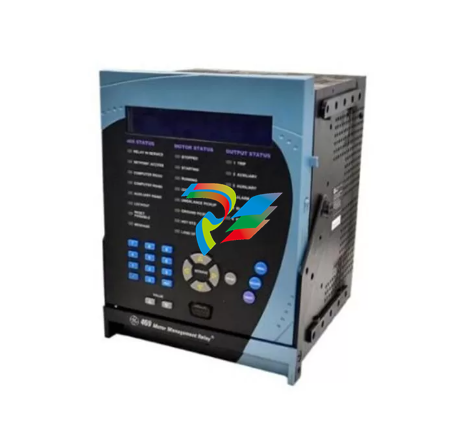
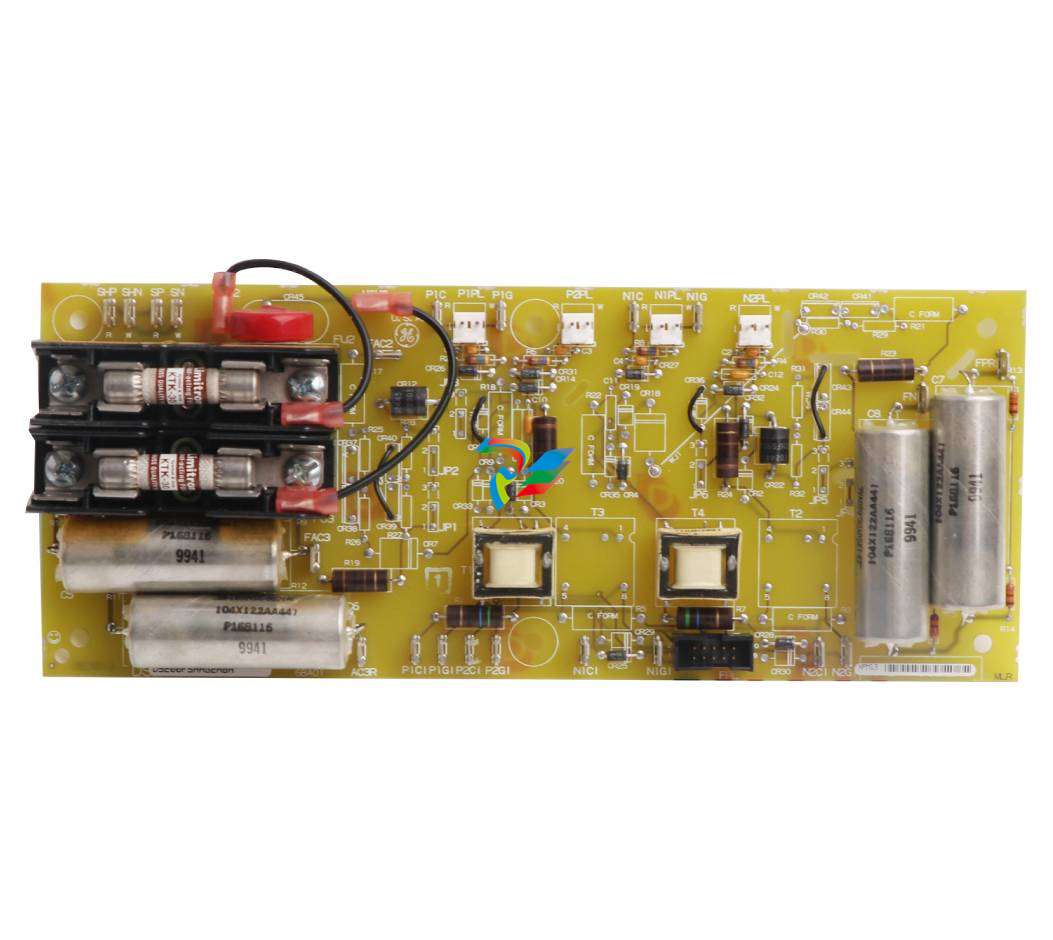
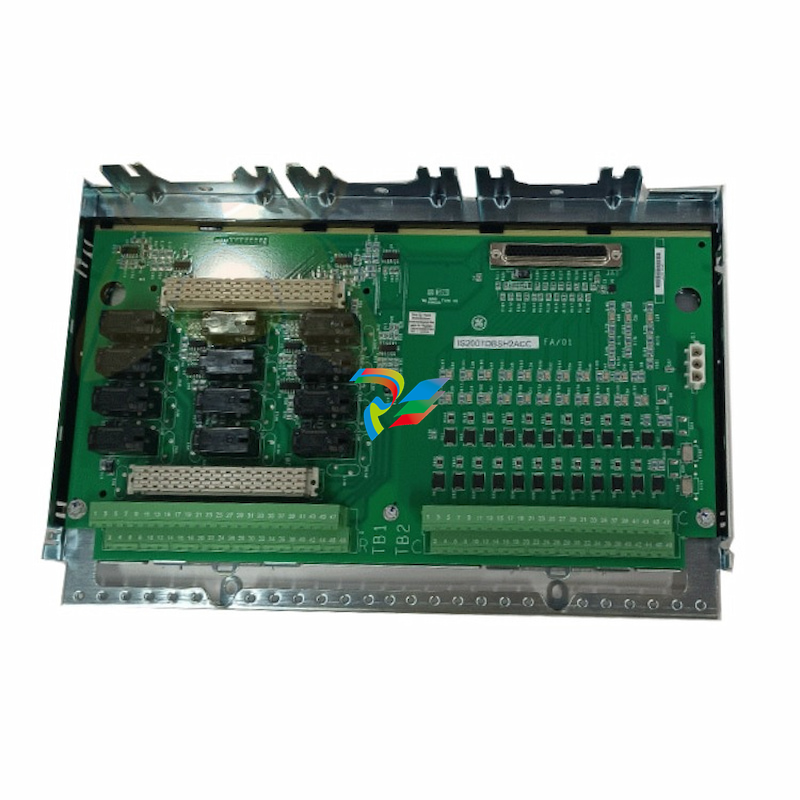
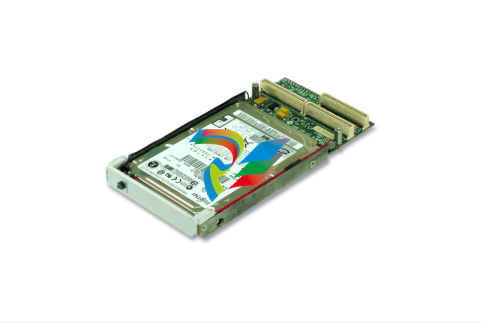
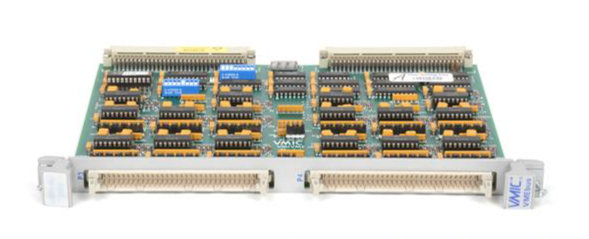
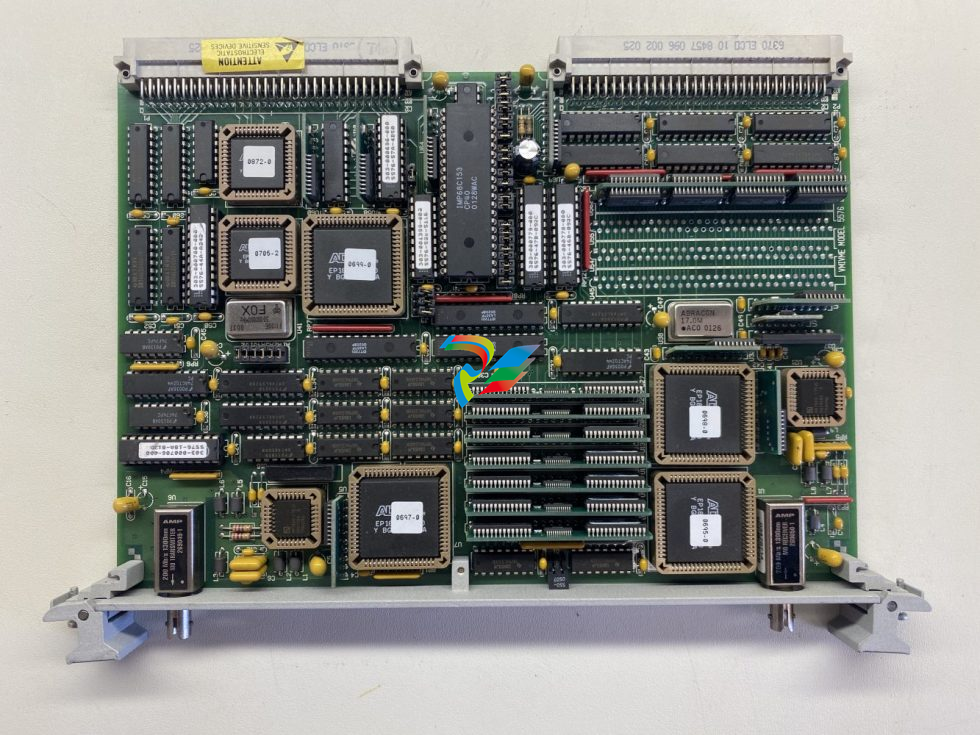
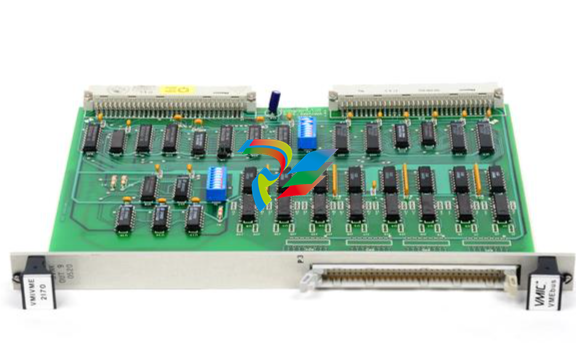
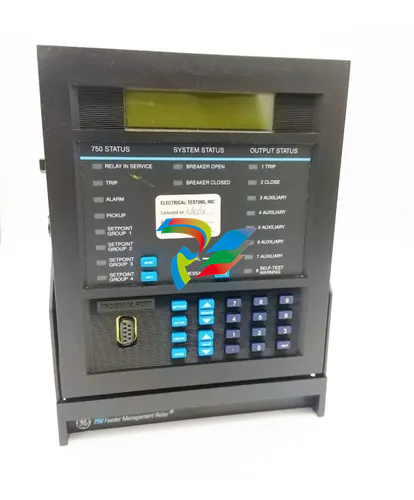
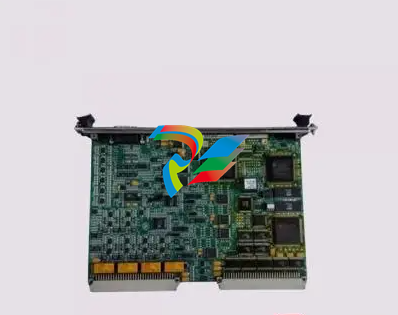
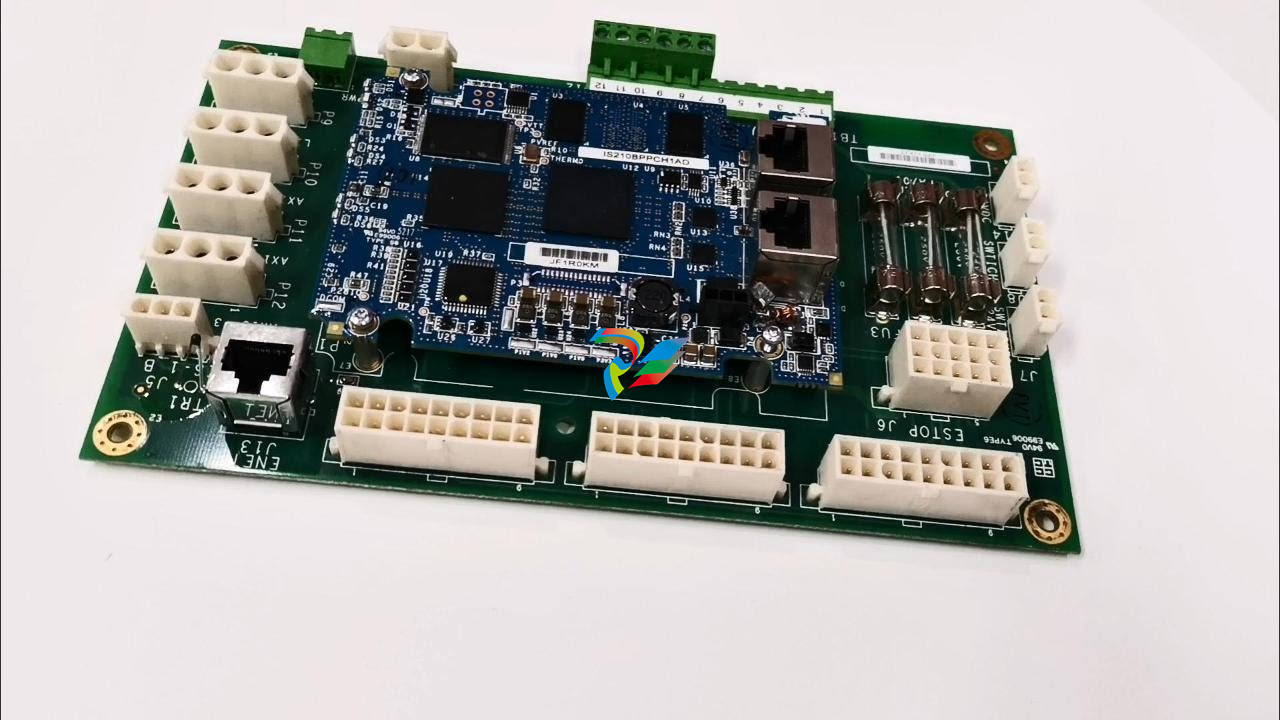
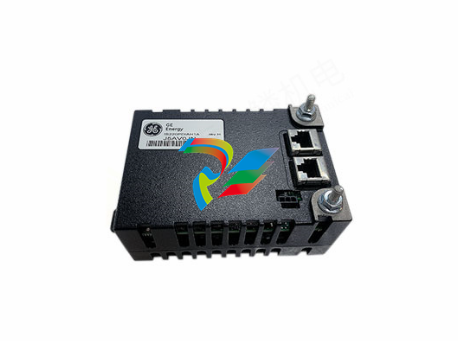
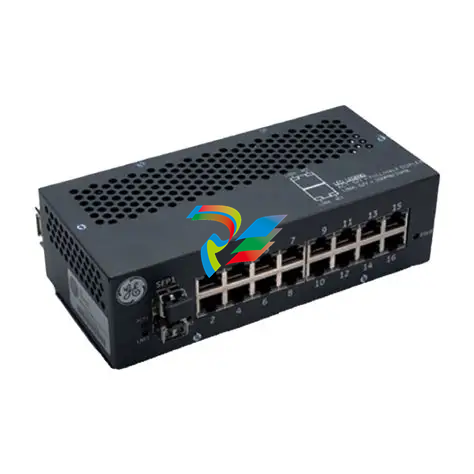
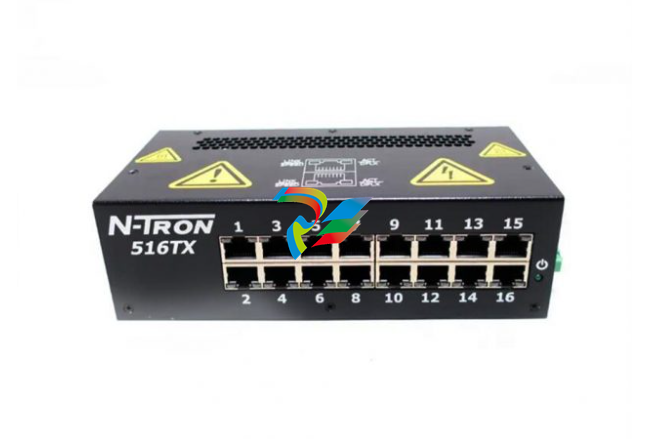
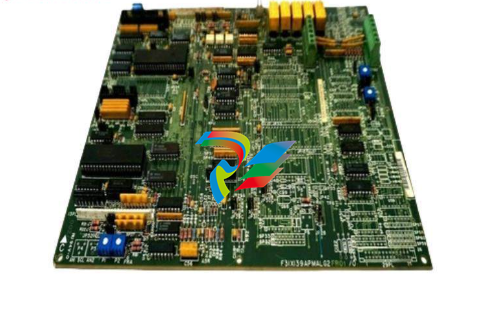
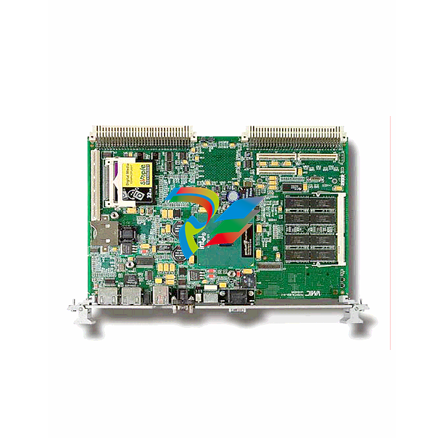
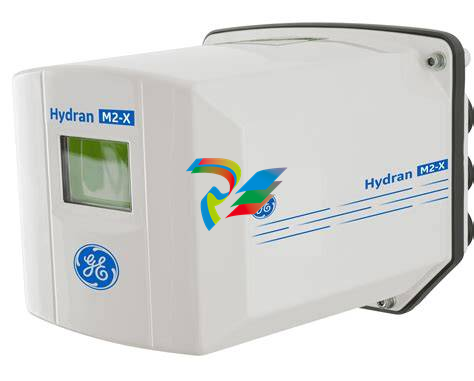
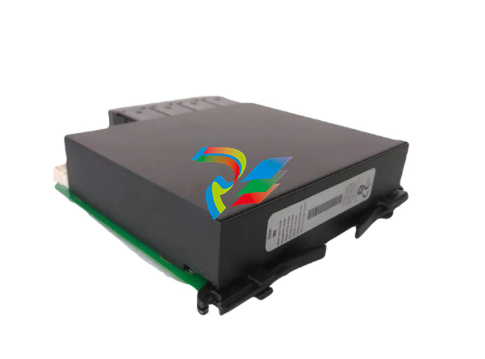
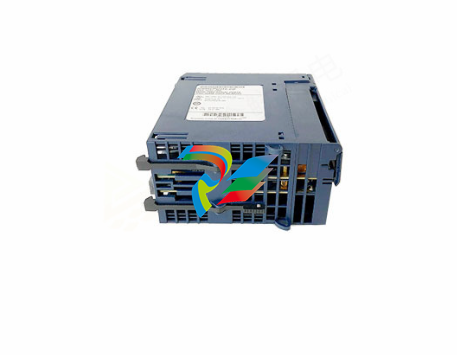
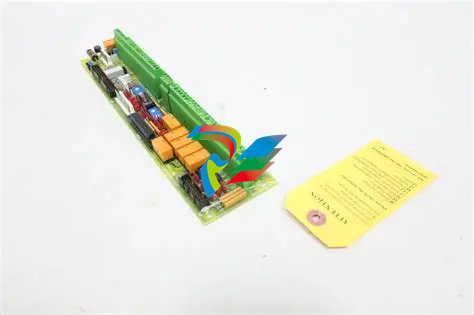
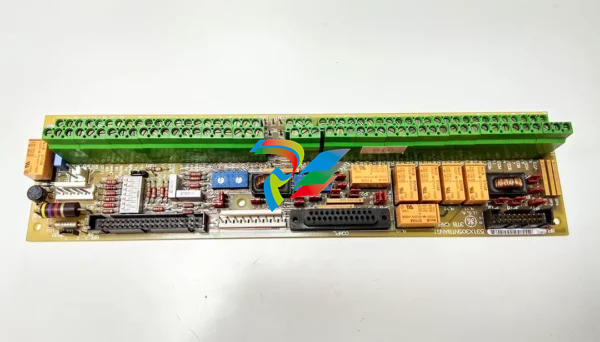
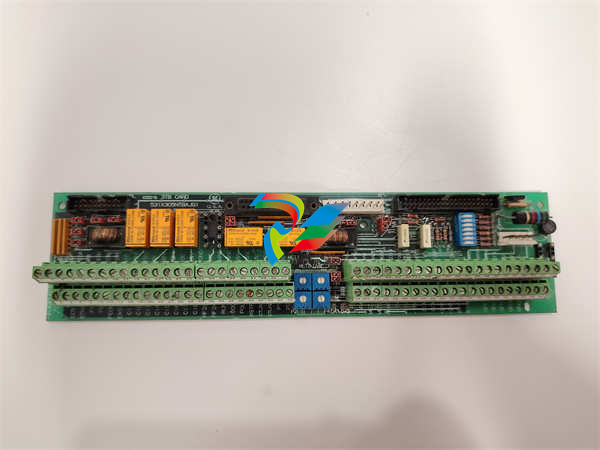

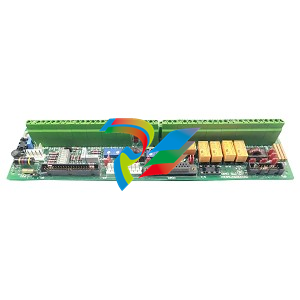
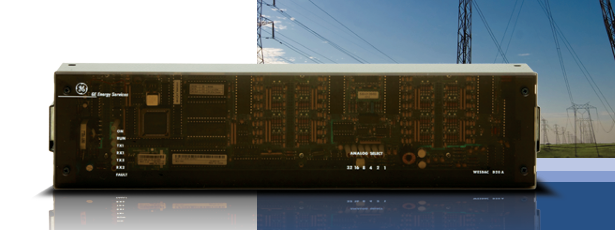
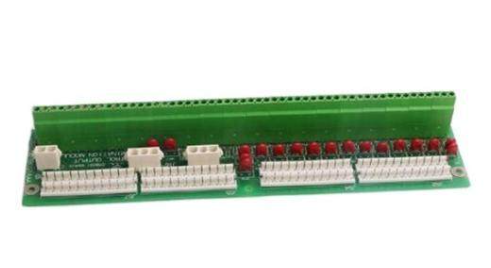
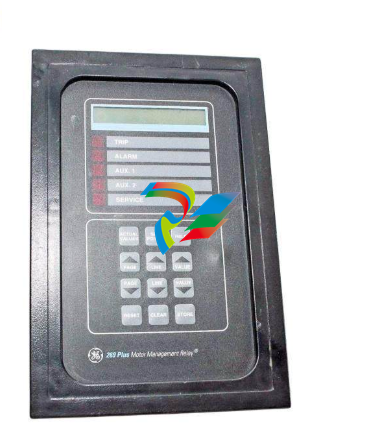
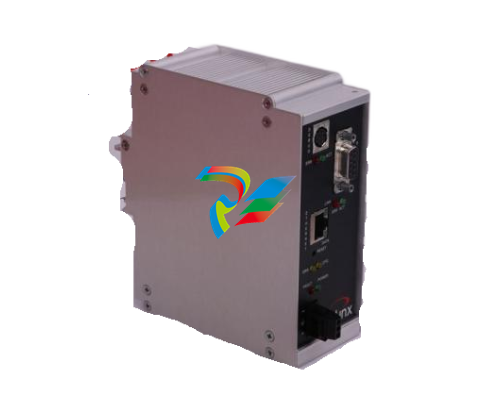
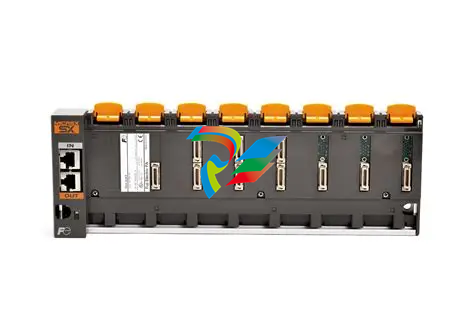
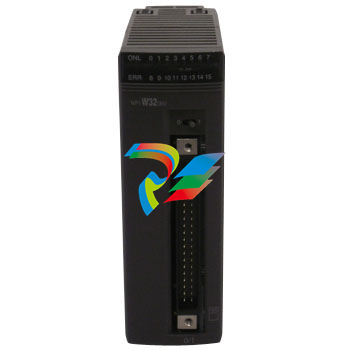
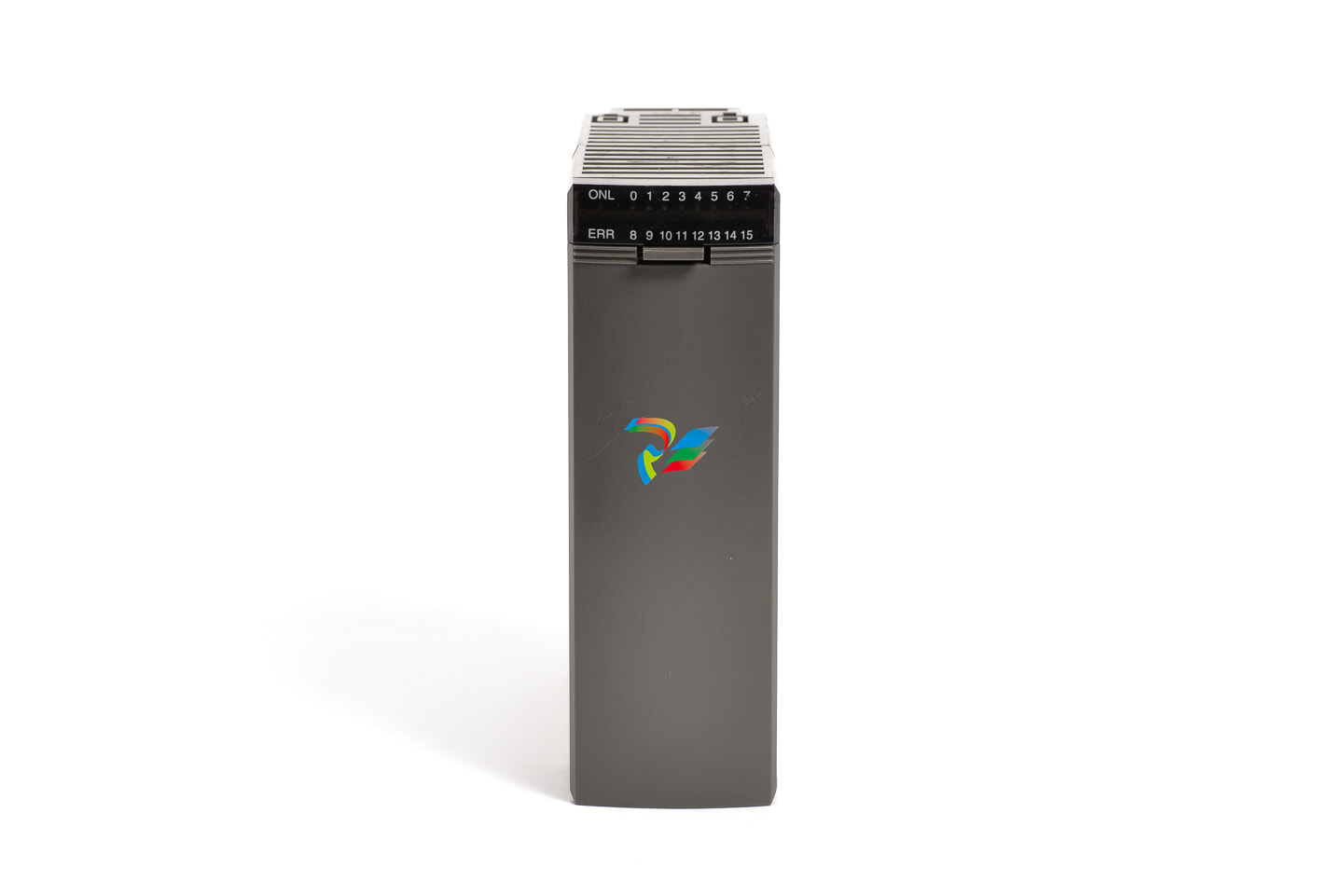
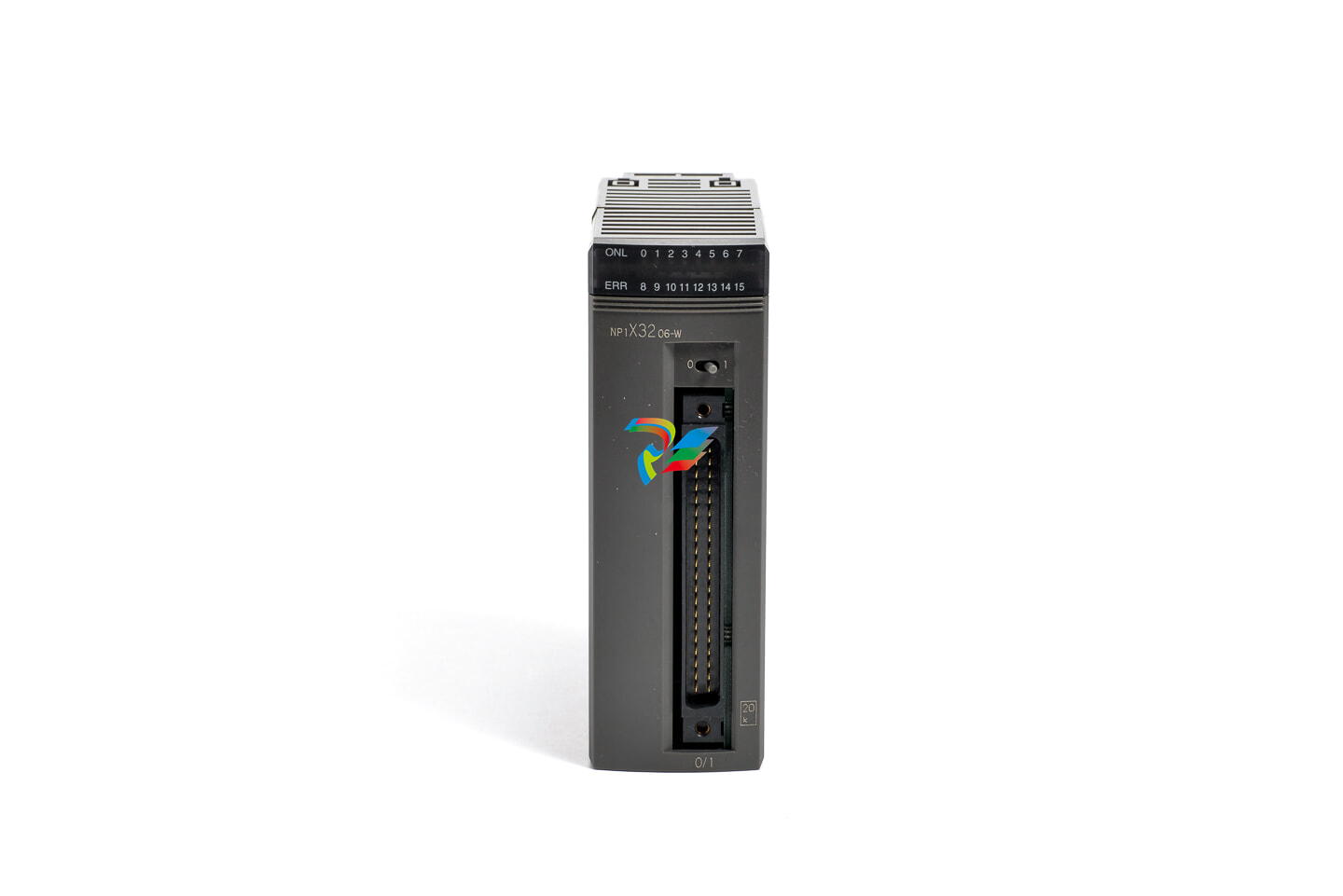
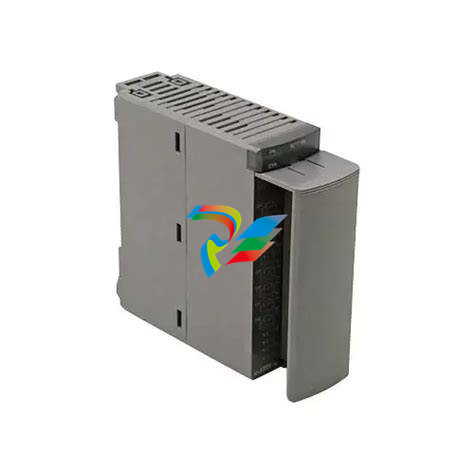
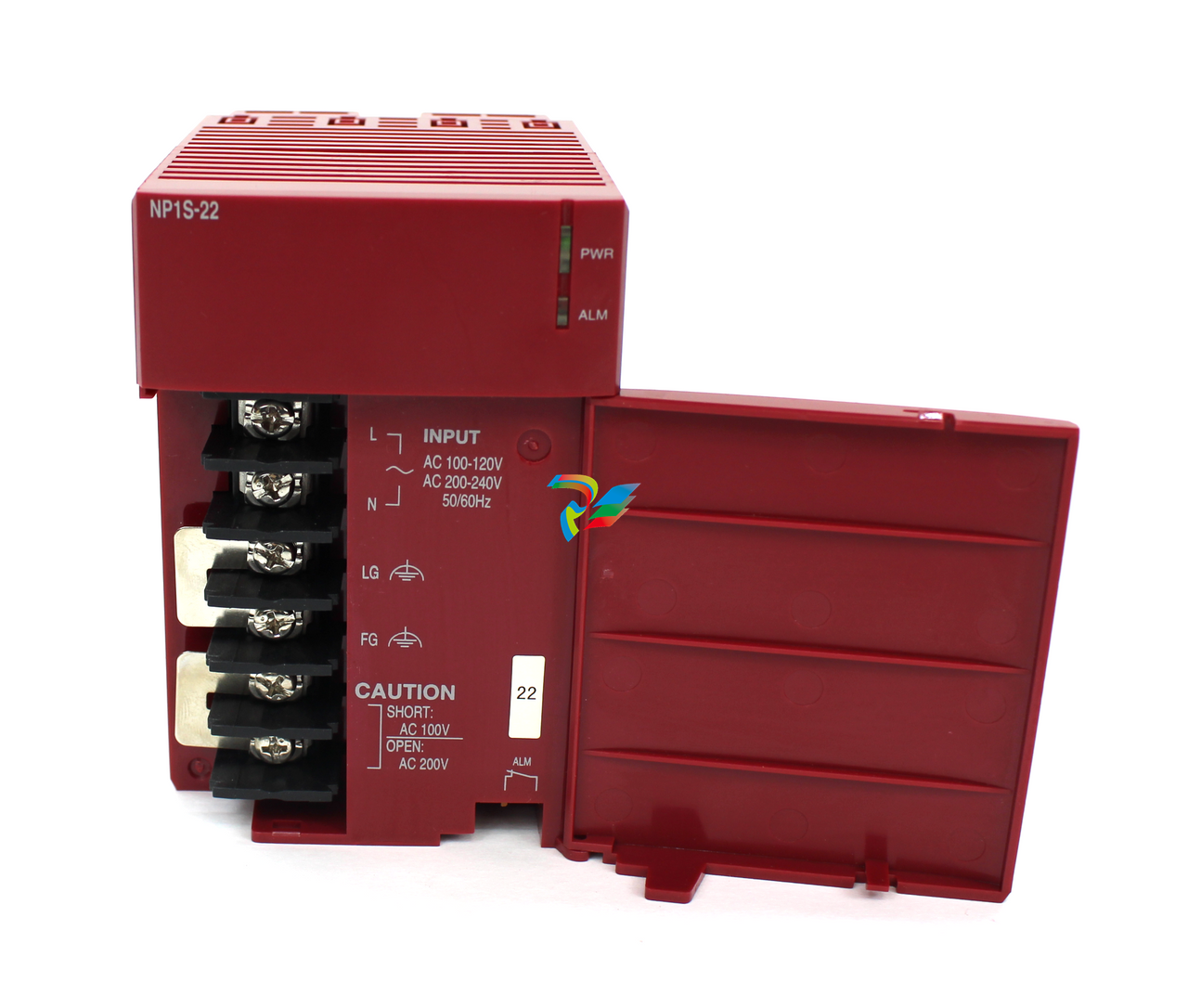
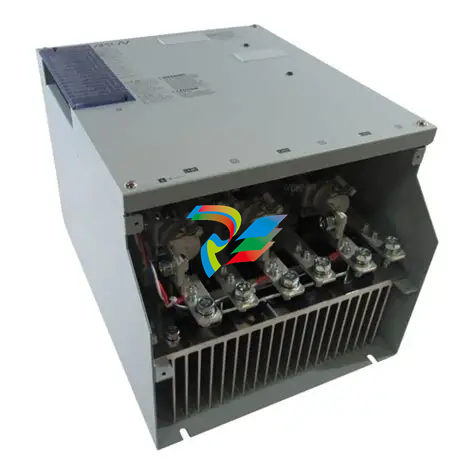
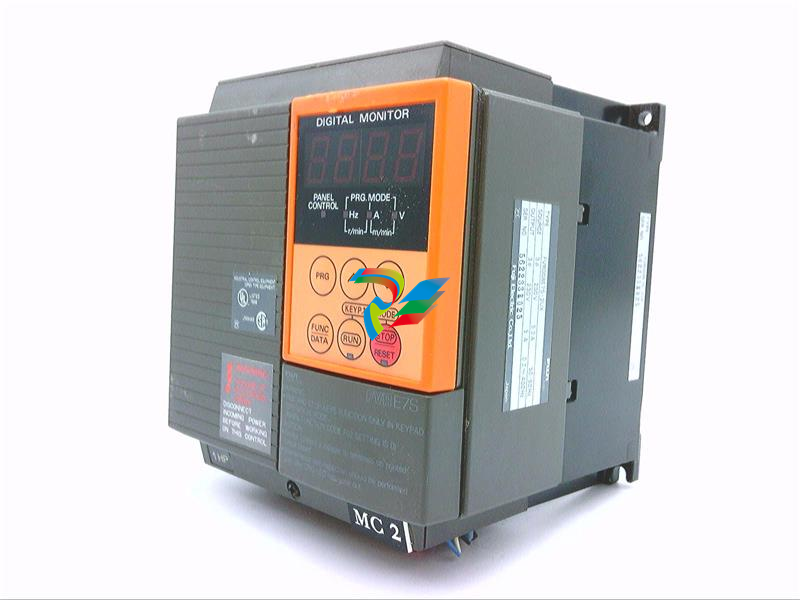
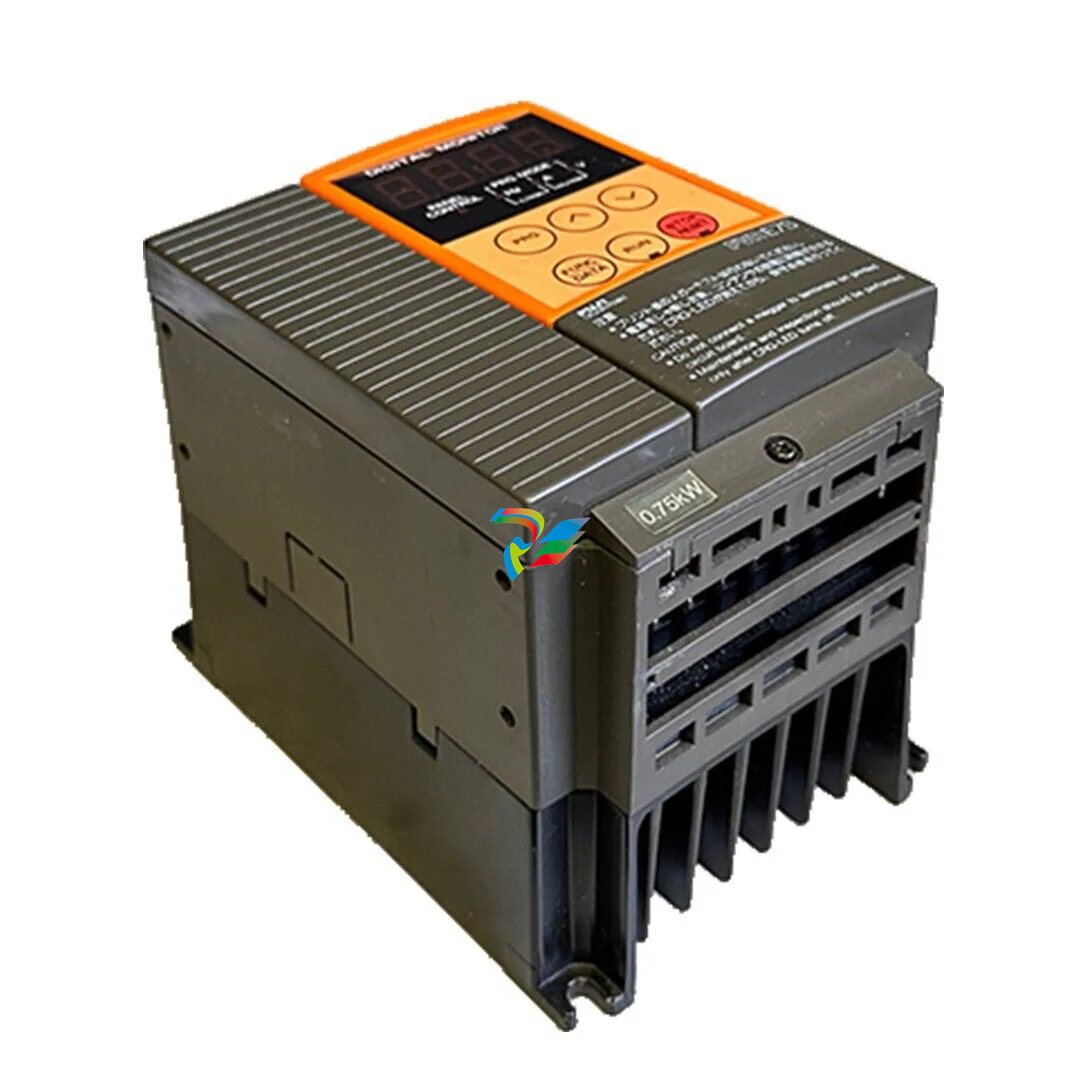
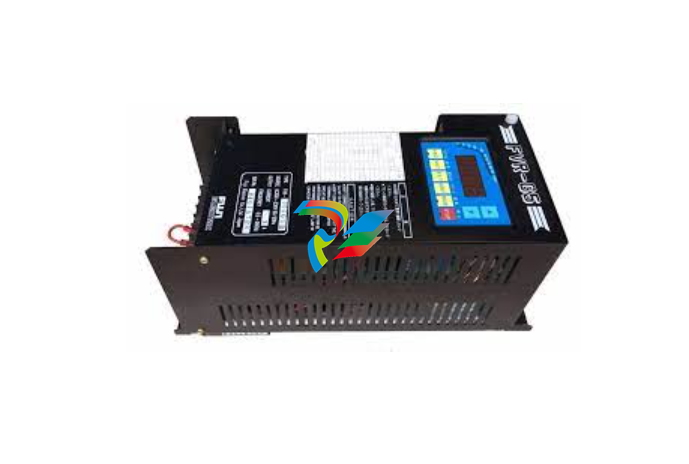
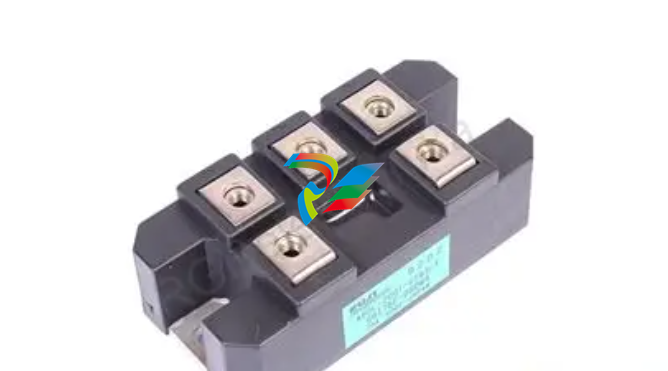
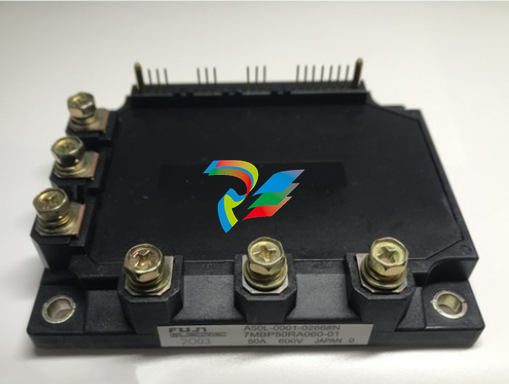
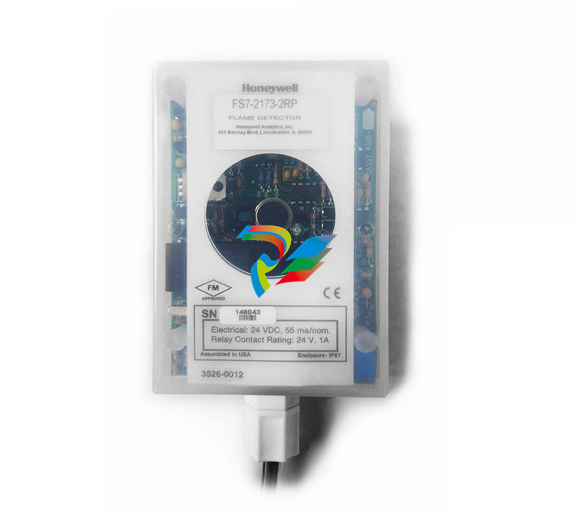
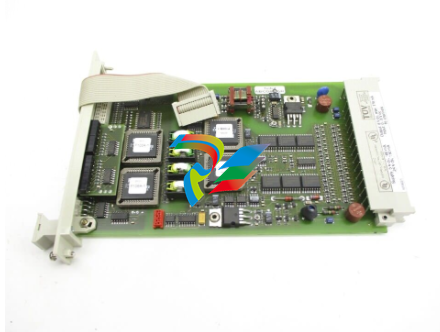
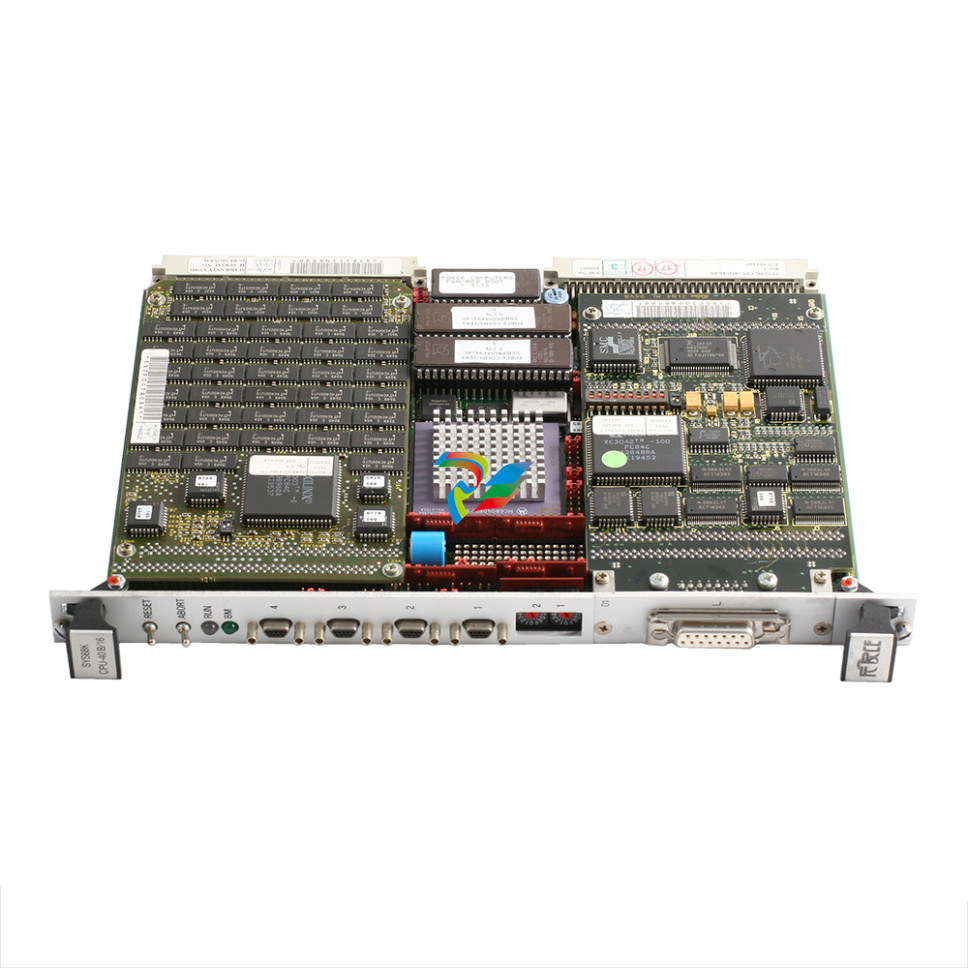
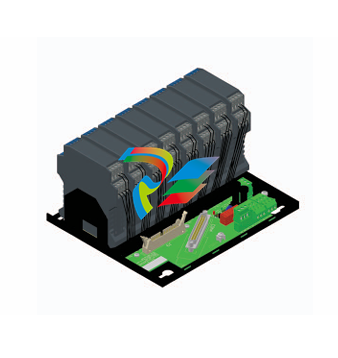
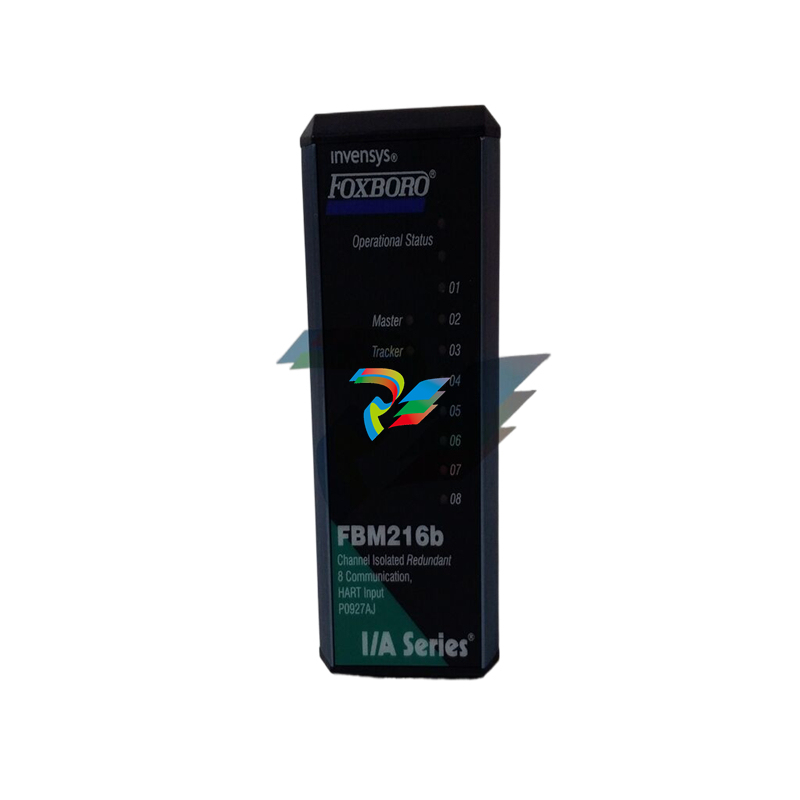
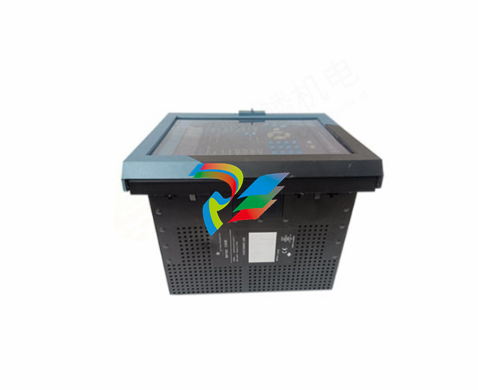
.jpg)
.jpg)
.jpg)
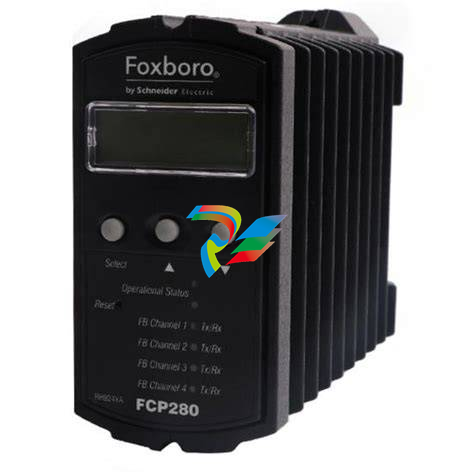
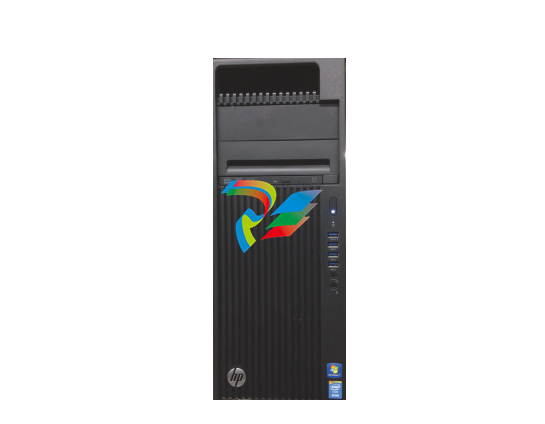
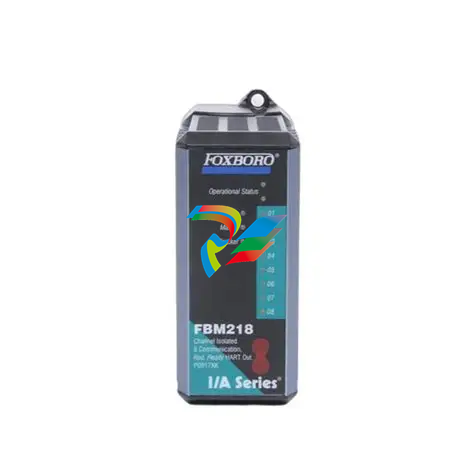
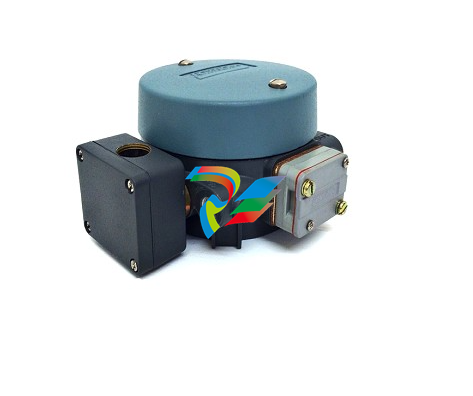
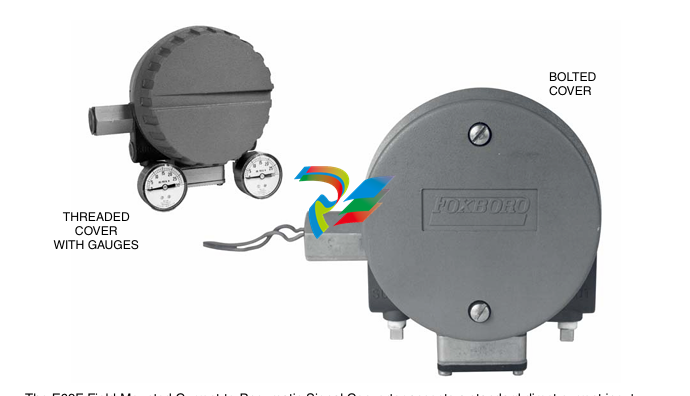
.jpg)
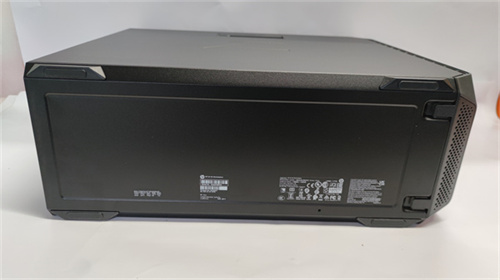
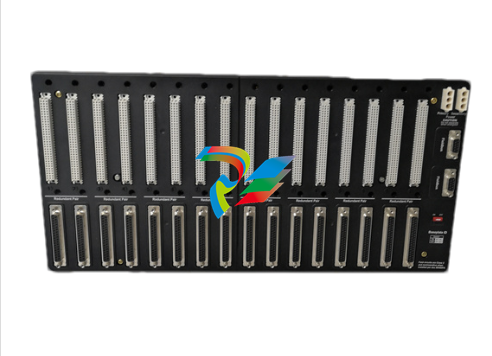
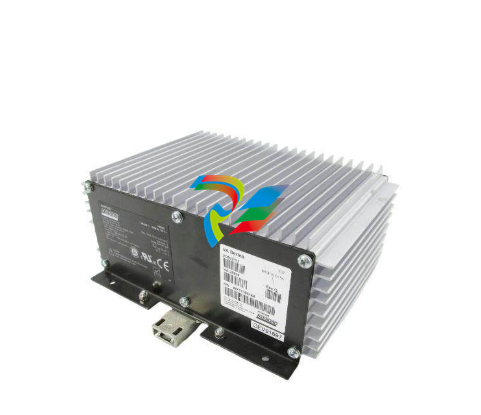
.png)
.jpg)

.jpg)
_lVjBYb.jpg)
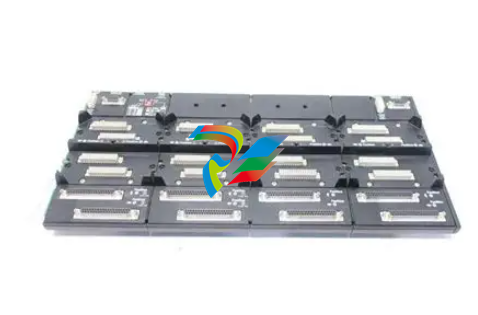
.jpg)
.jpg)
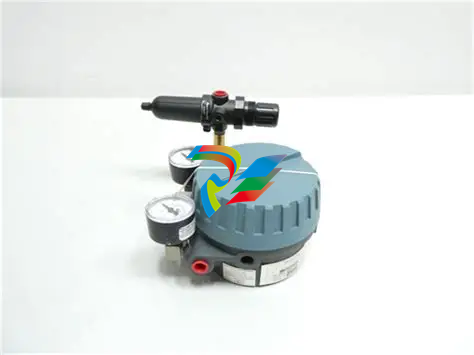
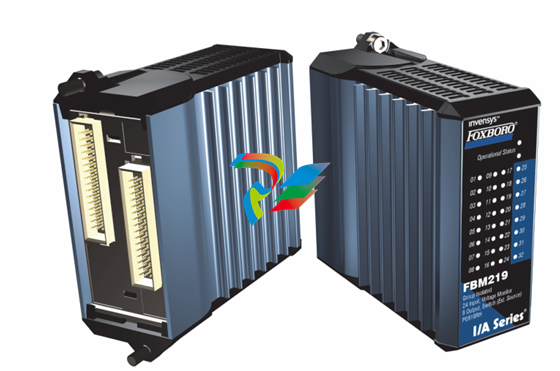
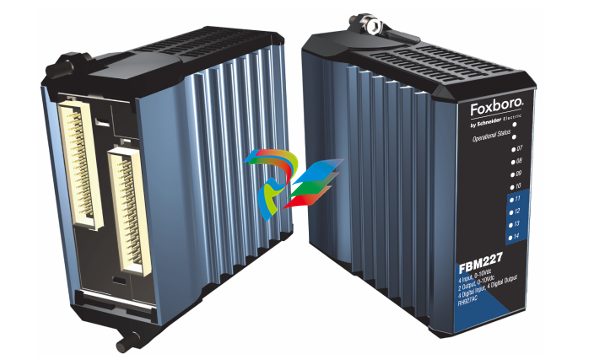
.jpg)
.jpg)
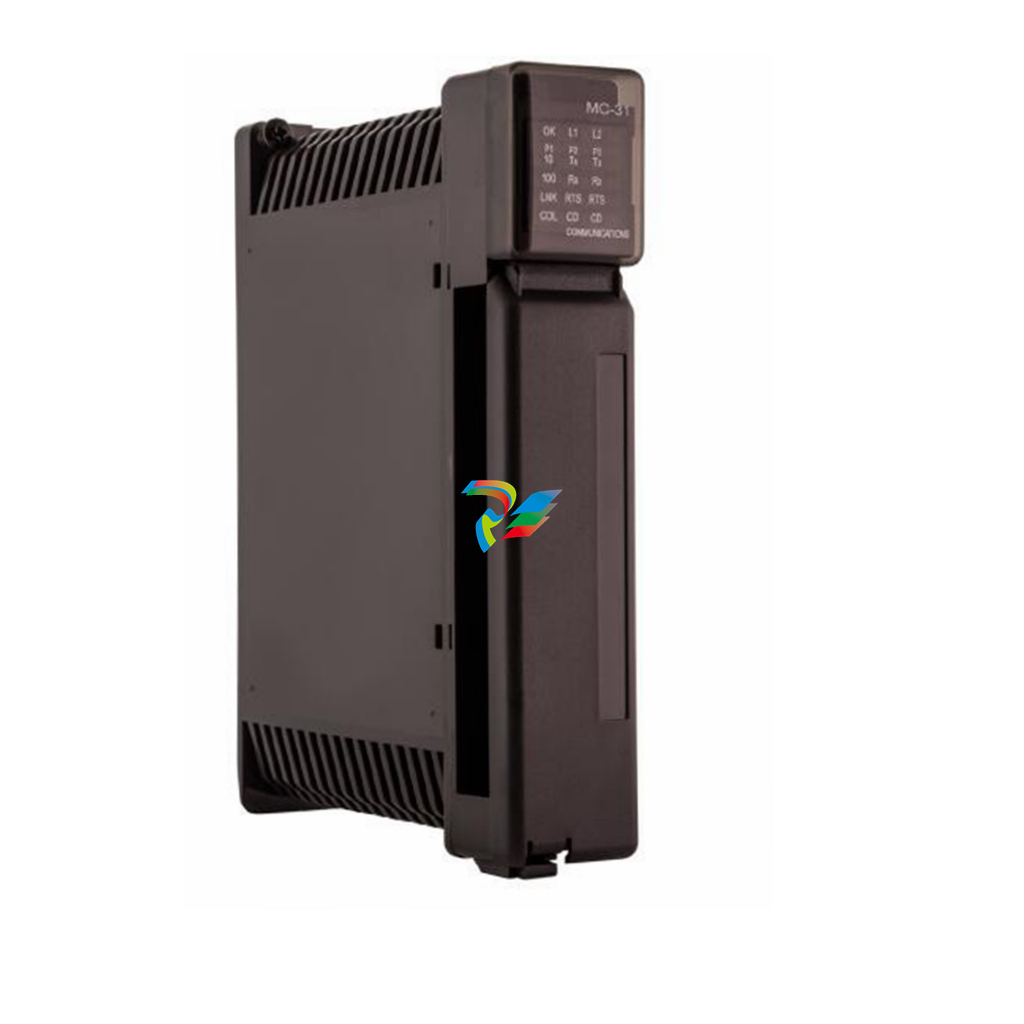
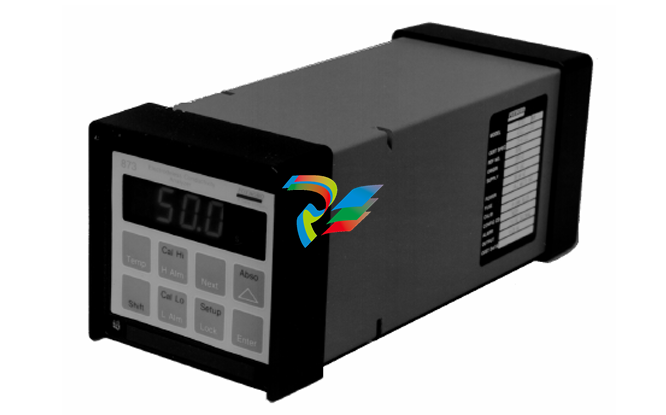
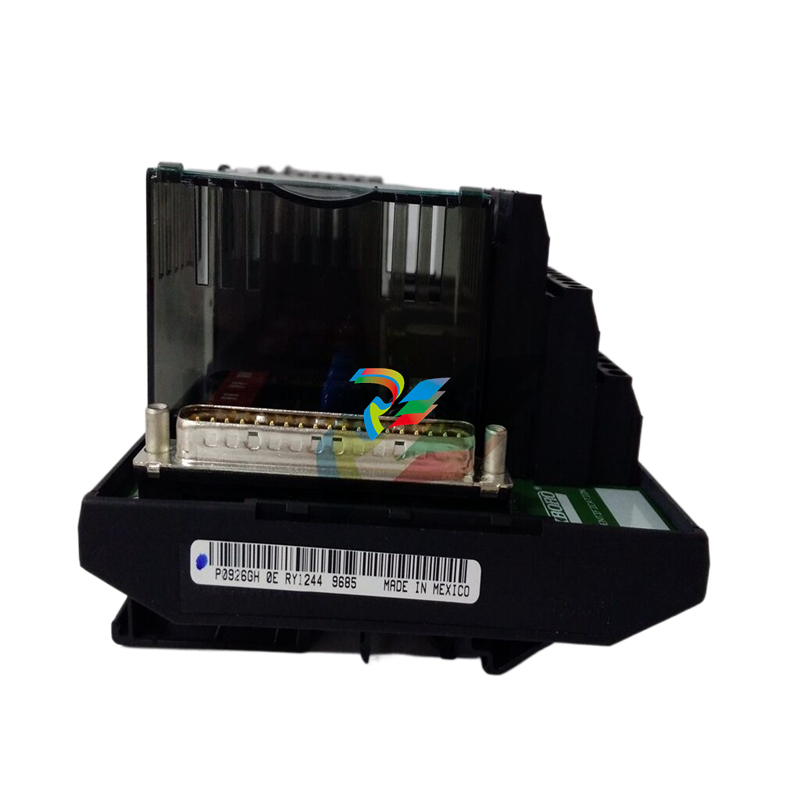
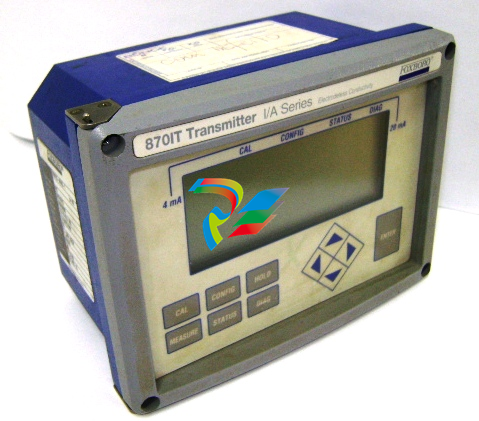
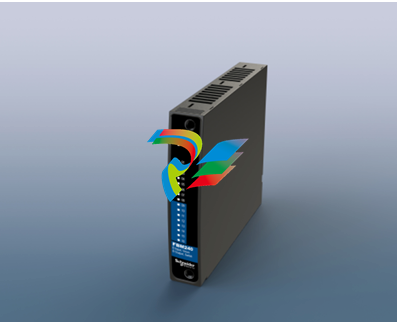
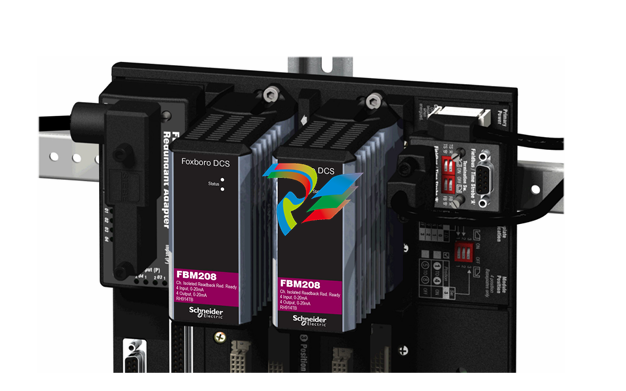
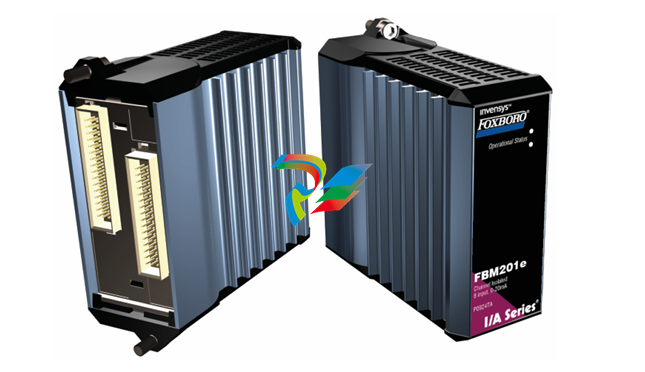
.jpg)
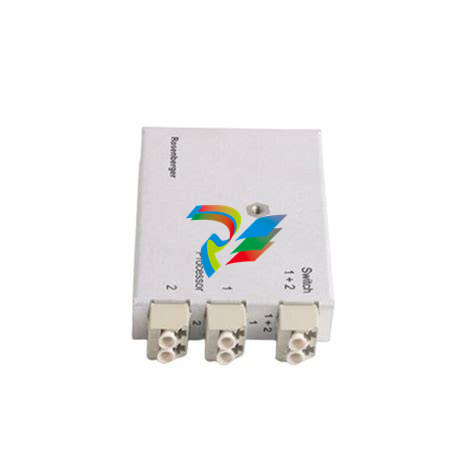
.jpg)
.jpg)
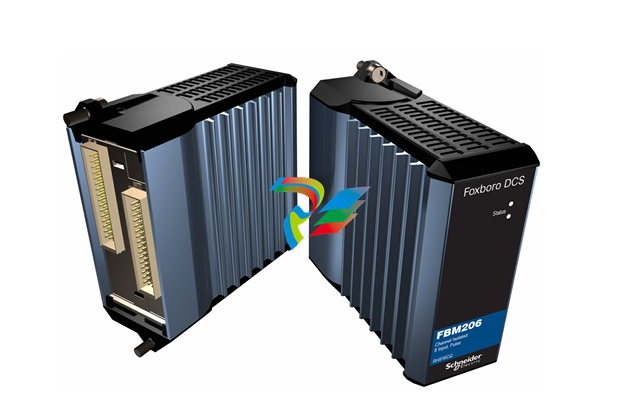
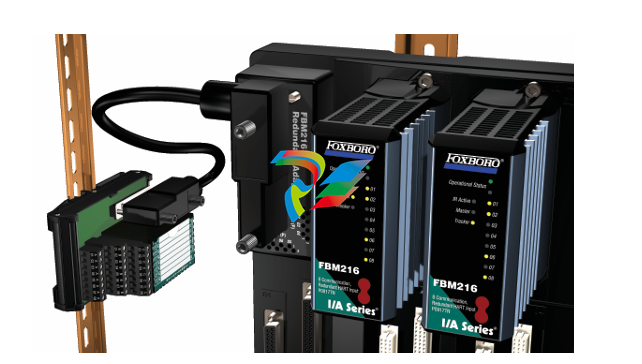
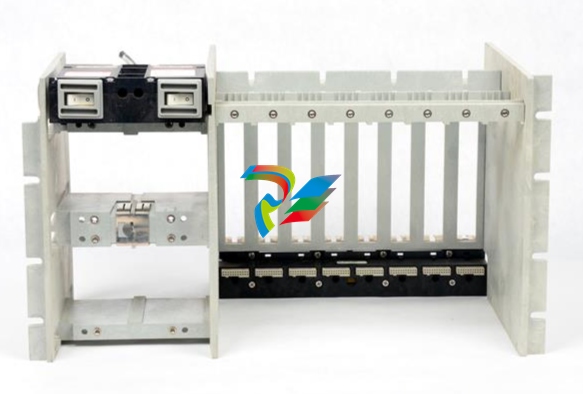
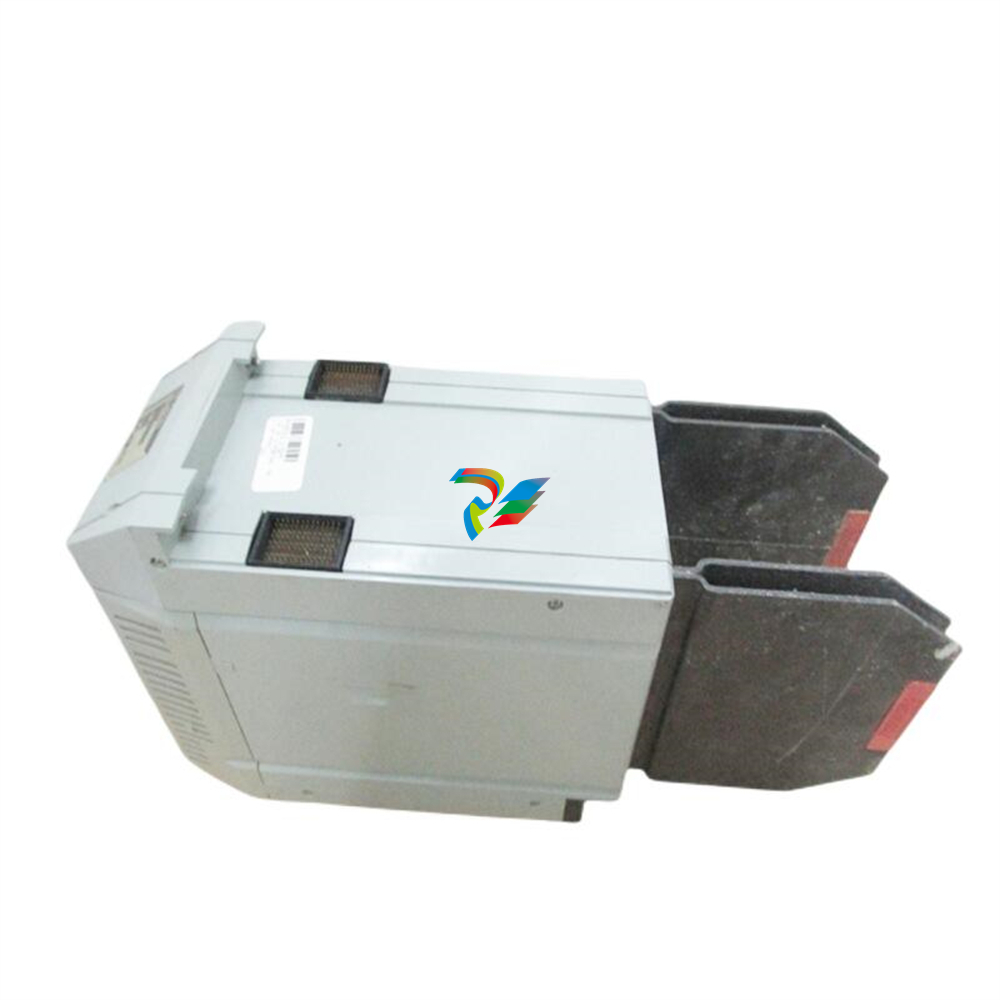
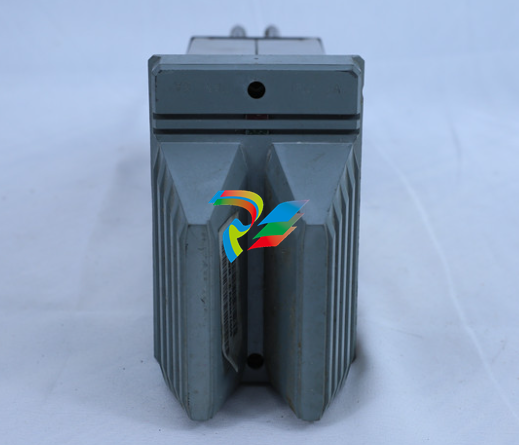
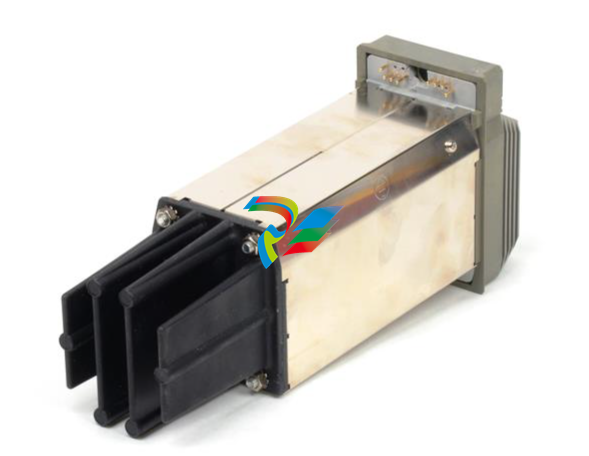
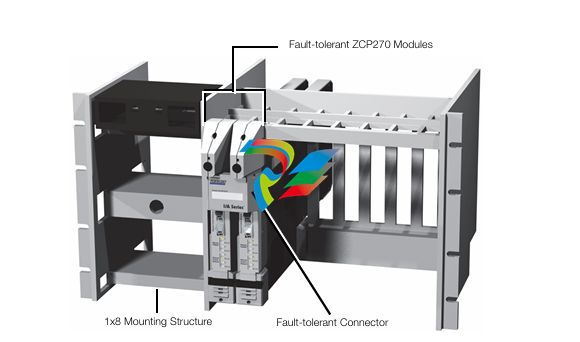
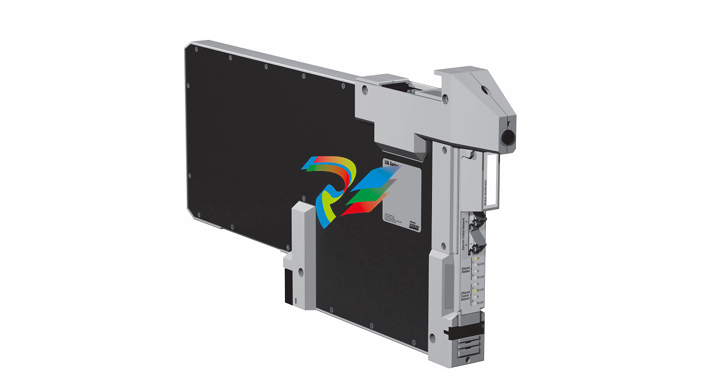
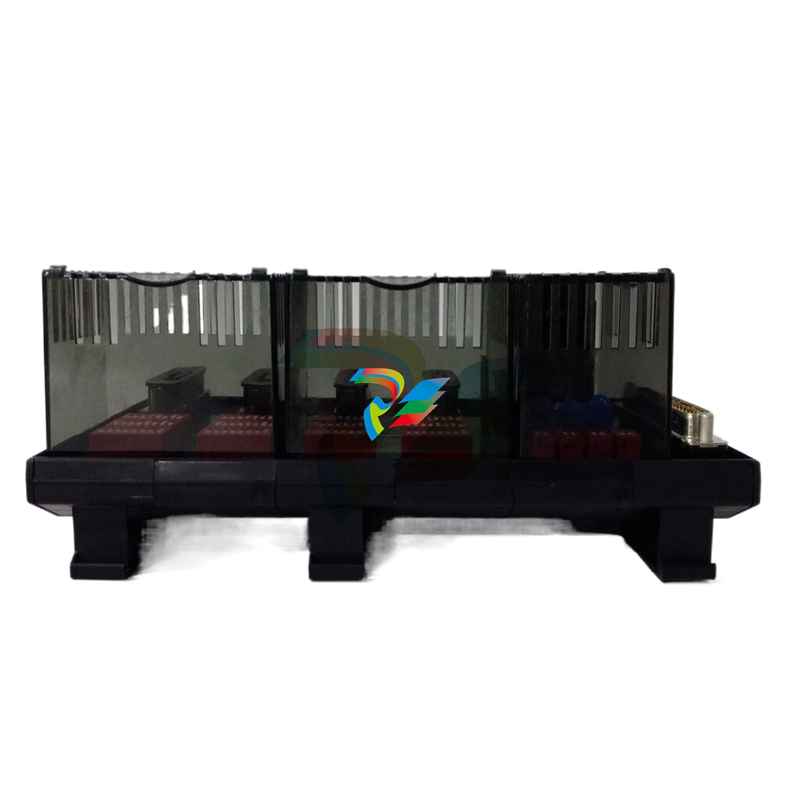
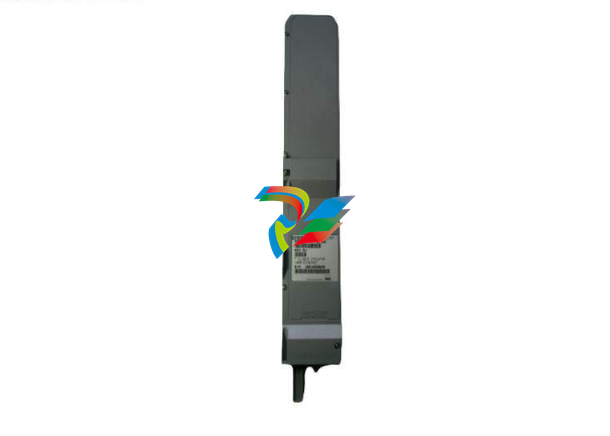
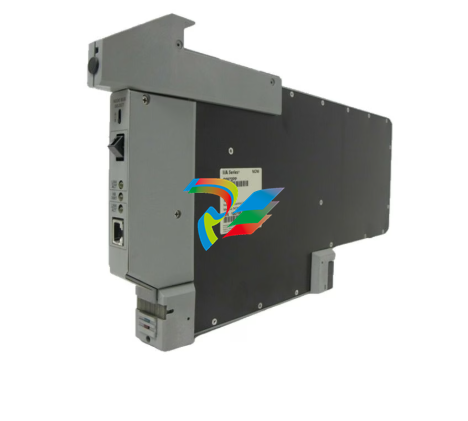
.jpg)
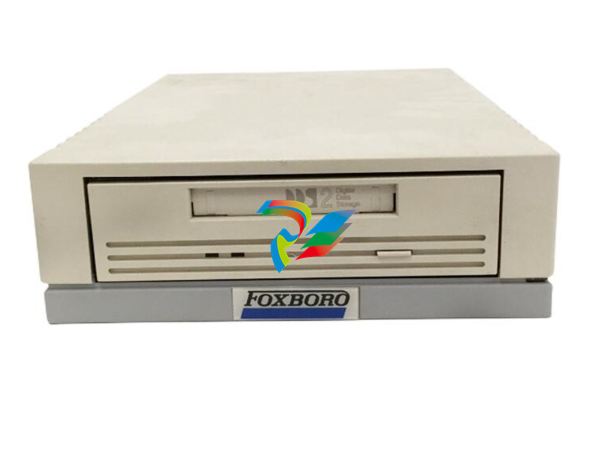
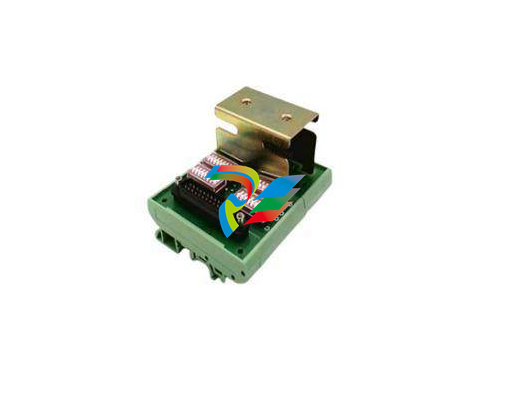
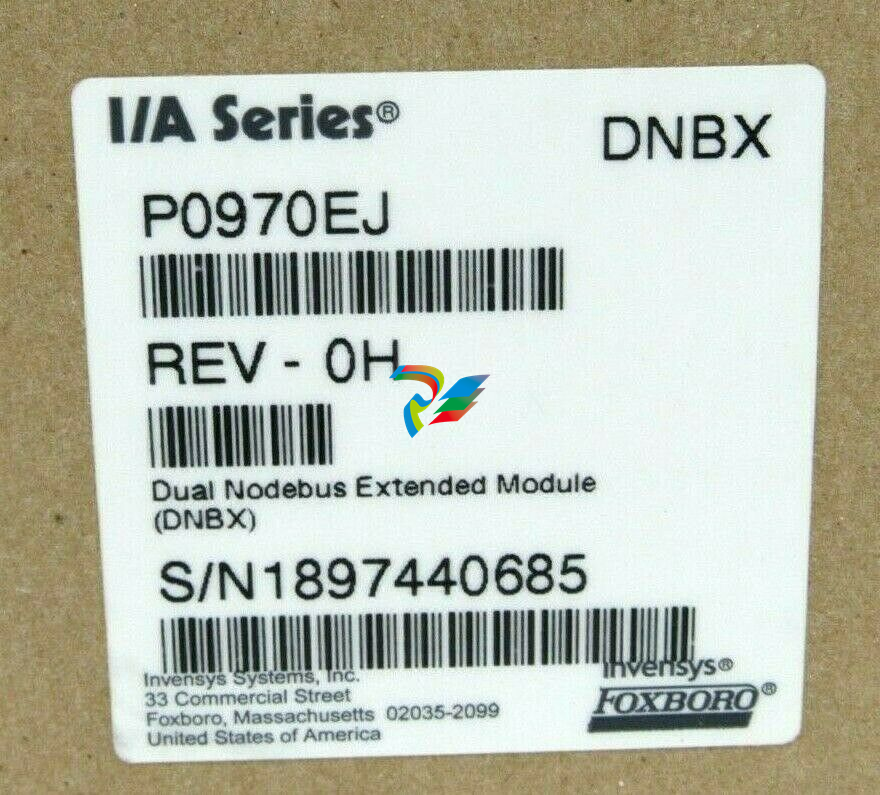
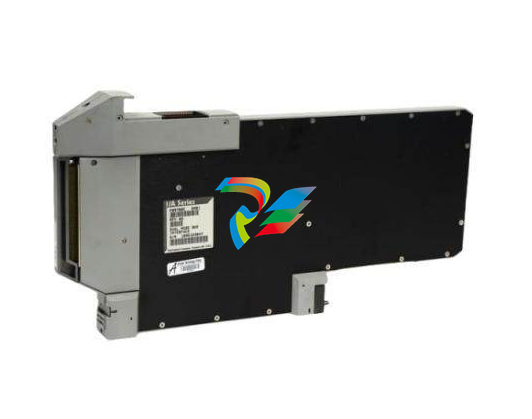
.jpg)
.jpg)
.jpg)
.jpg)
.jpg)
.jpg)
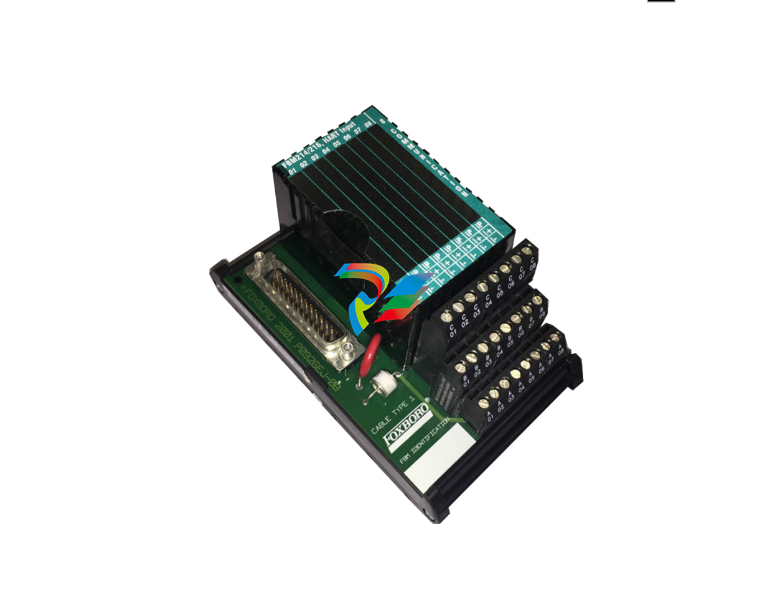
.jpg)
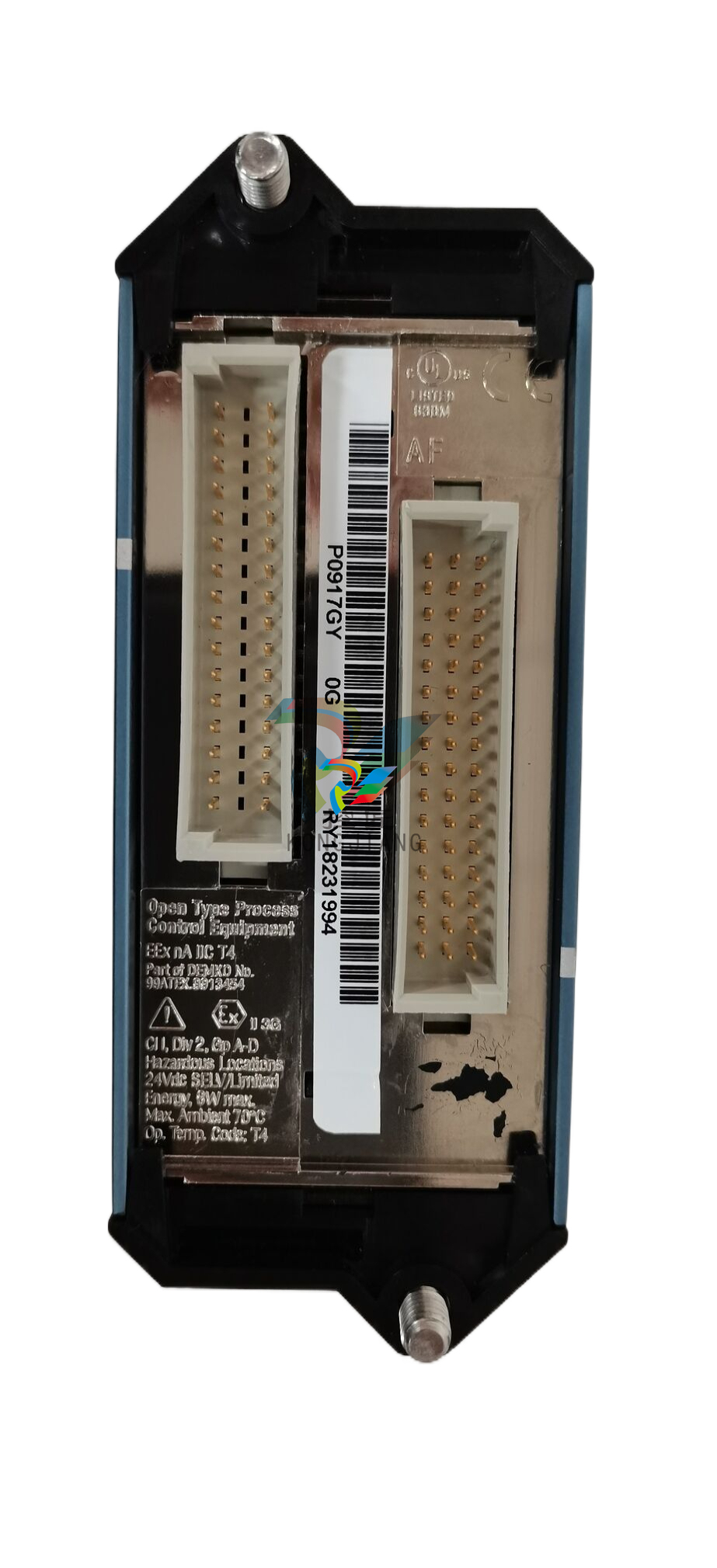
.jpg)
.jpg)
.jpg)
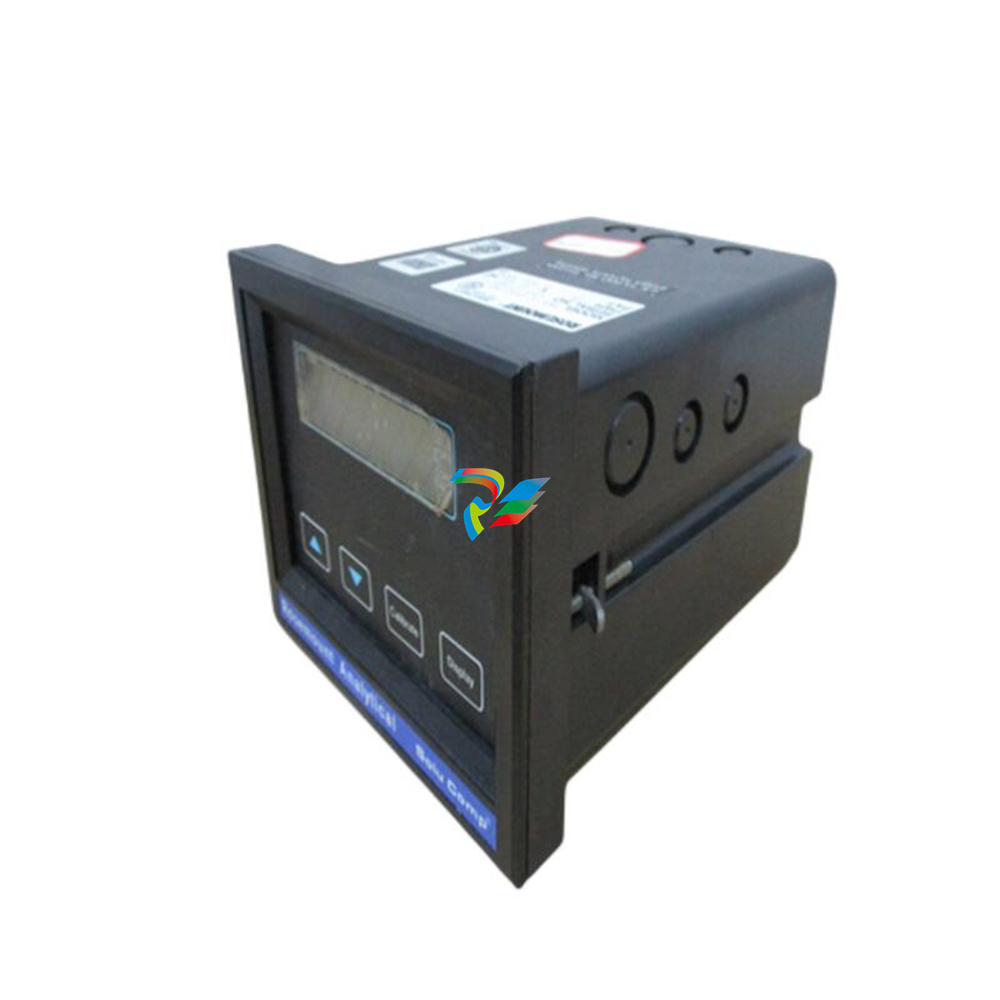
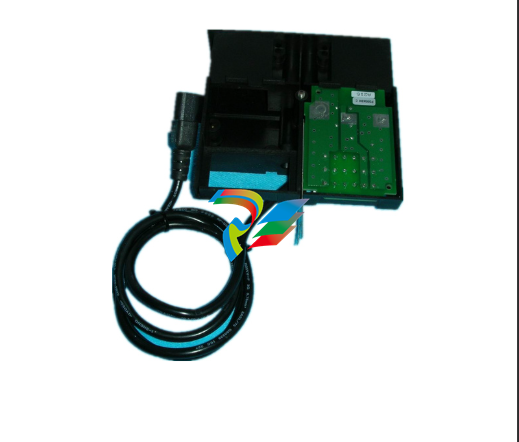
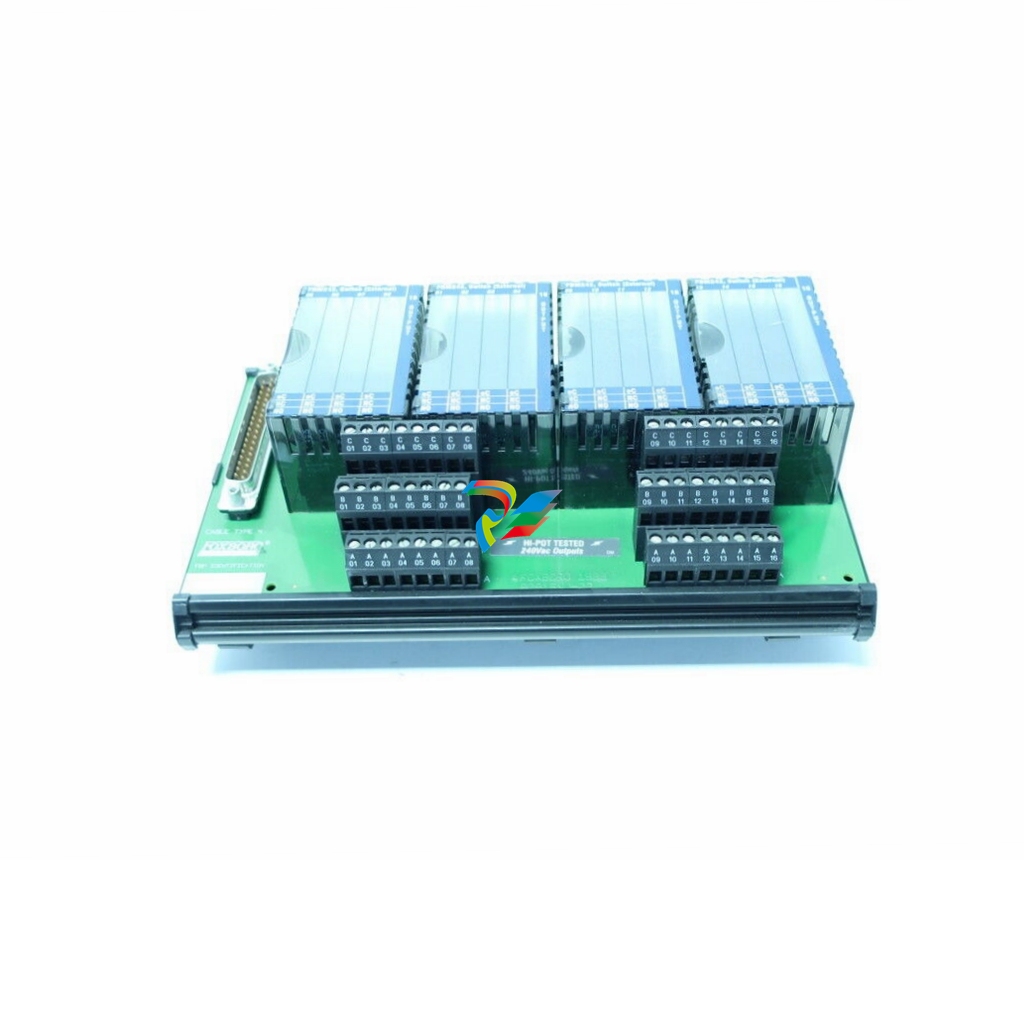
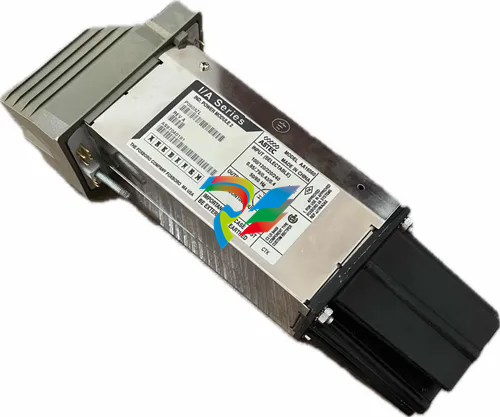
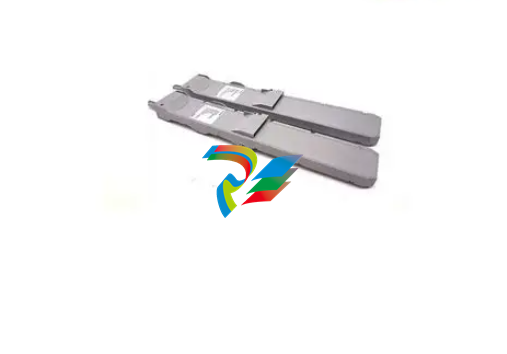
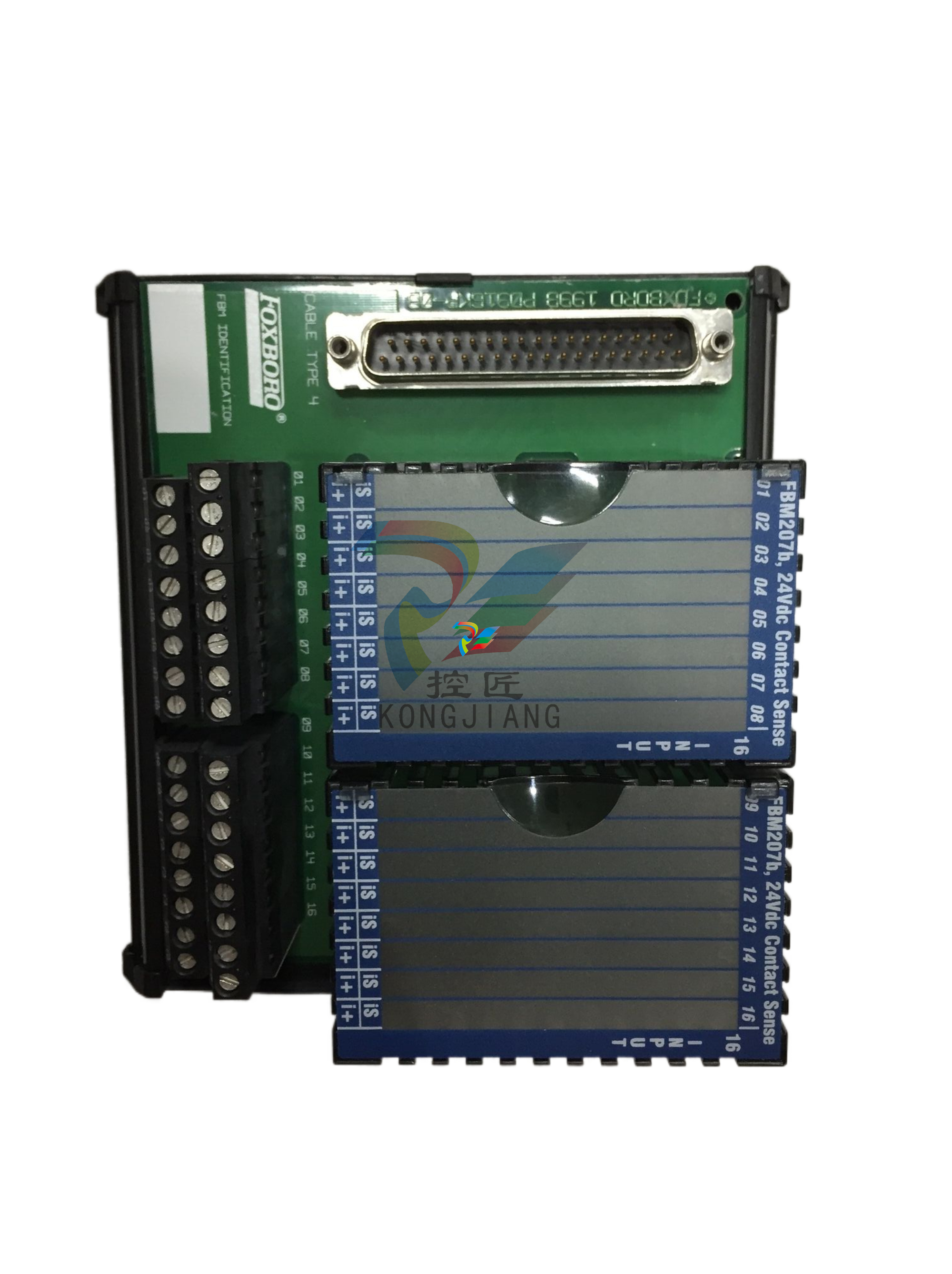
.jpg)
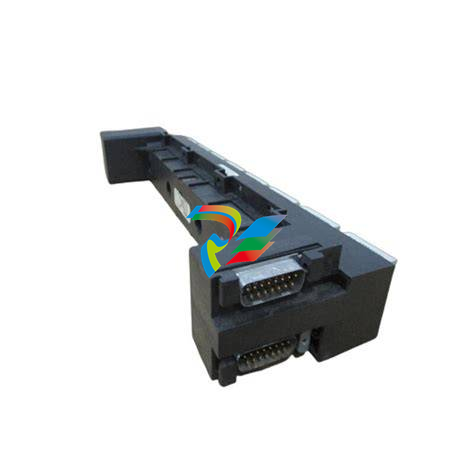
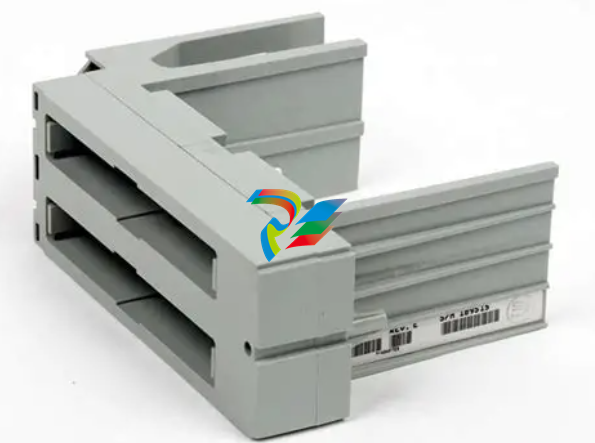
.jpg)
